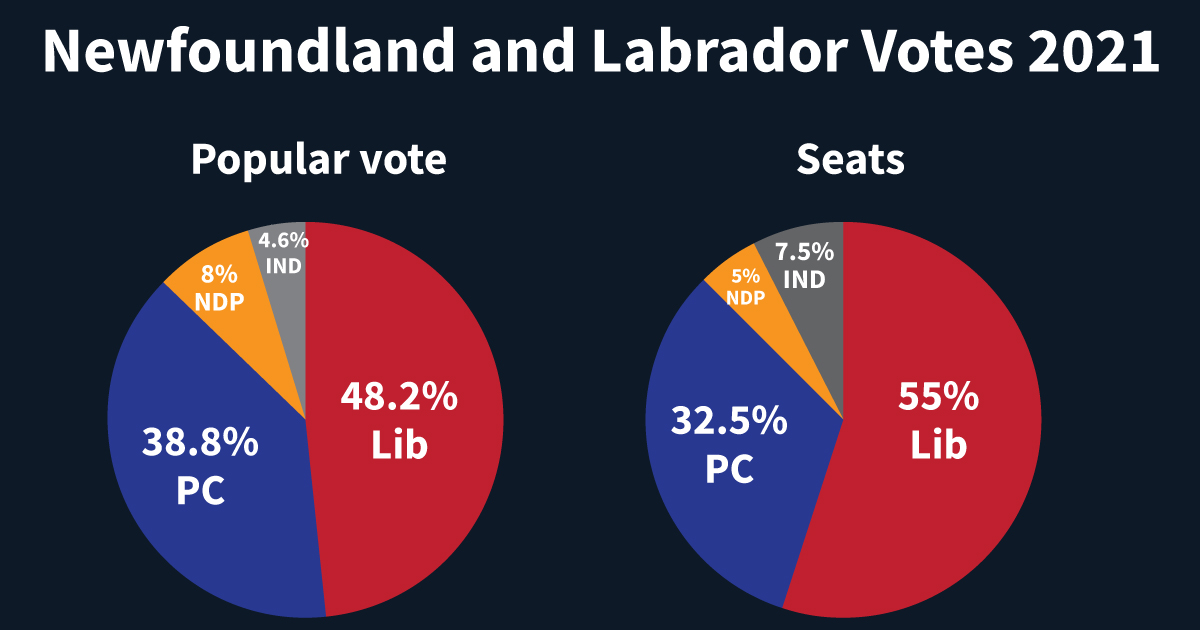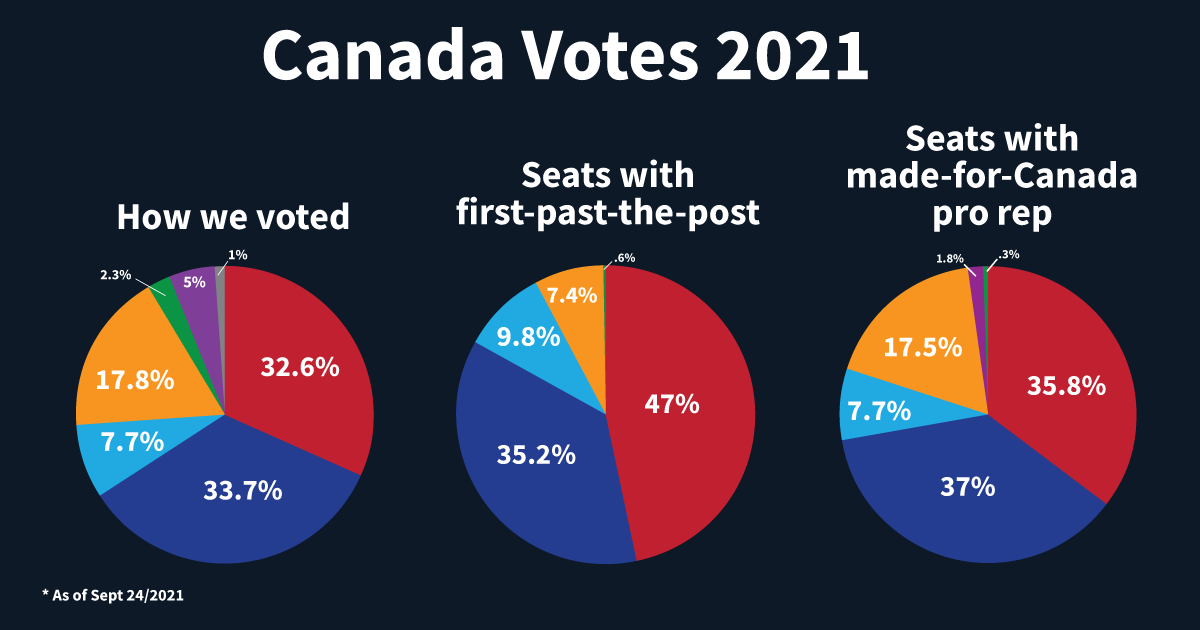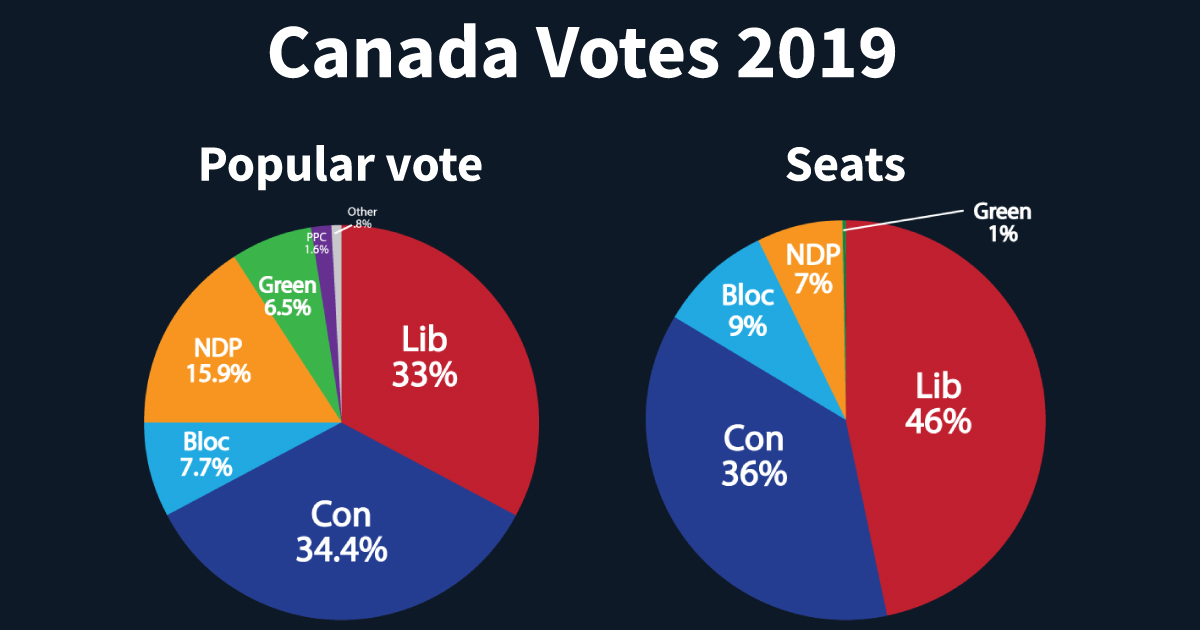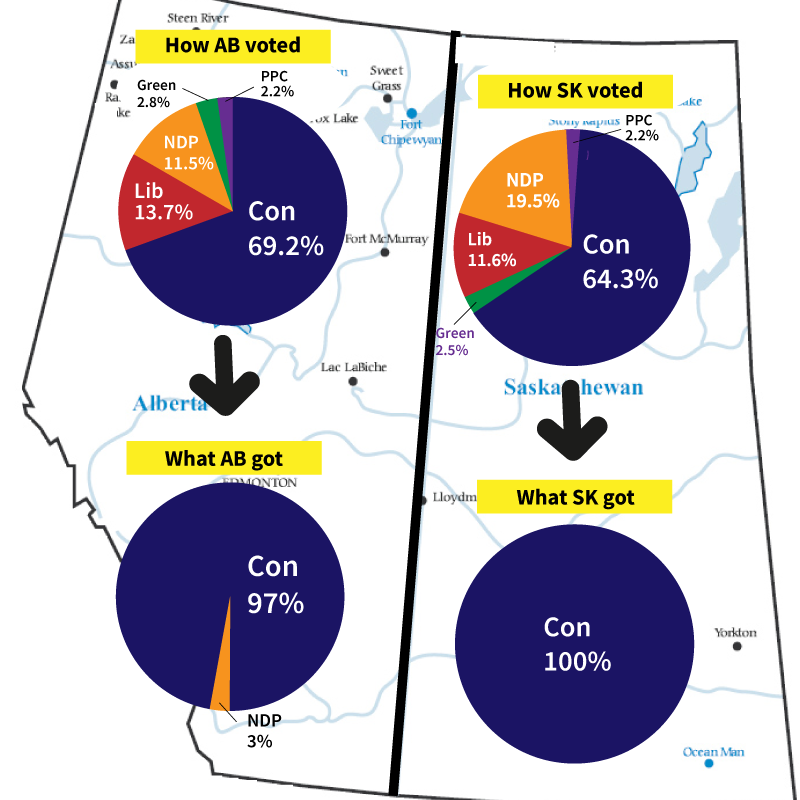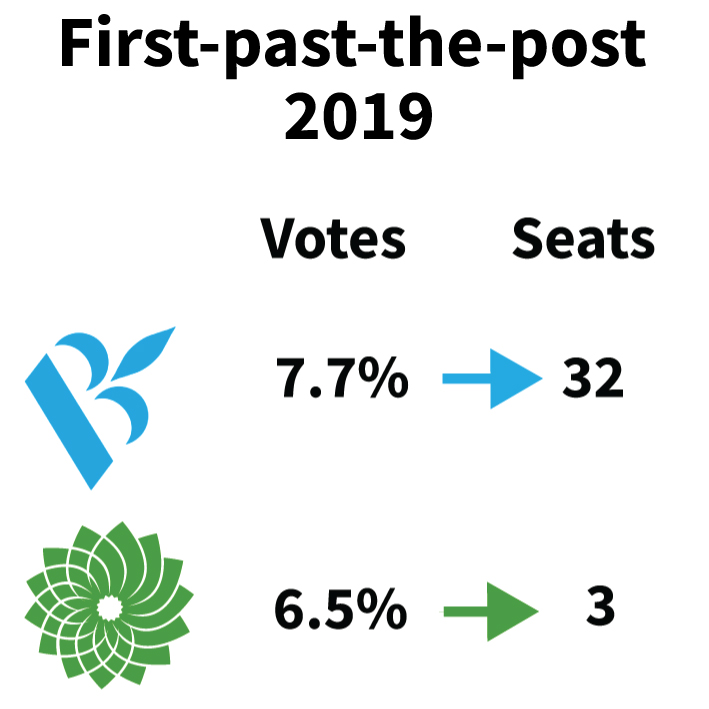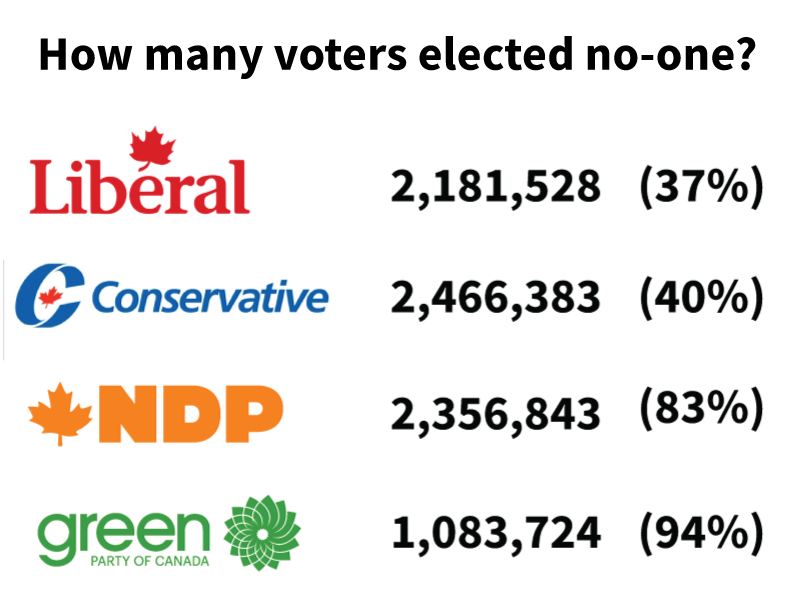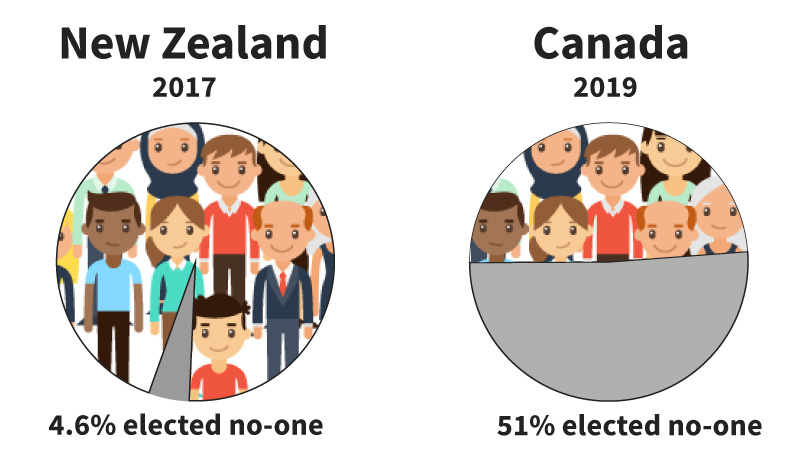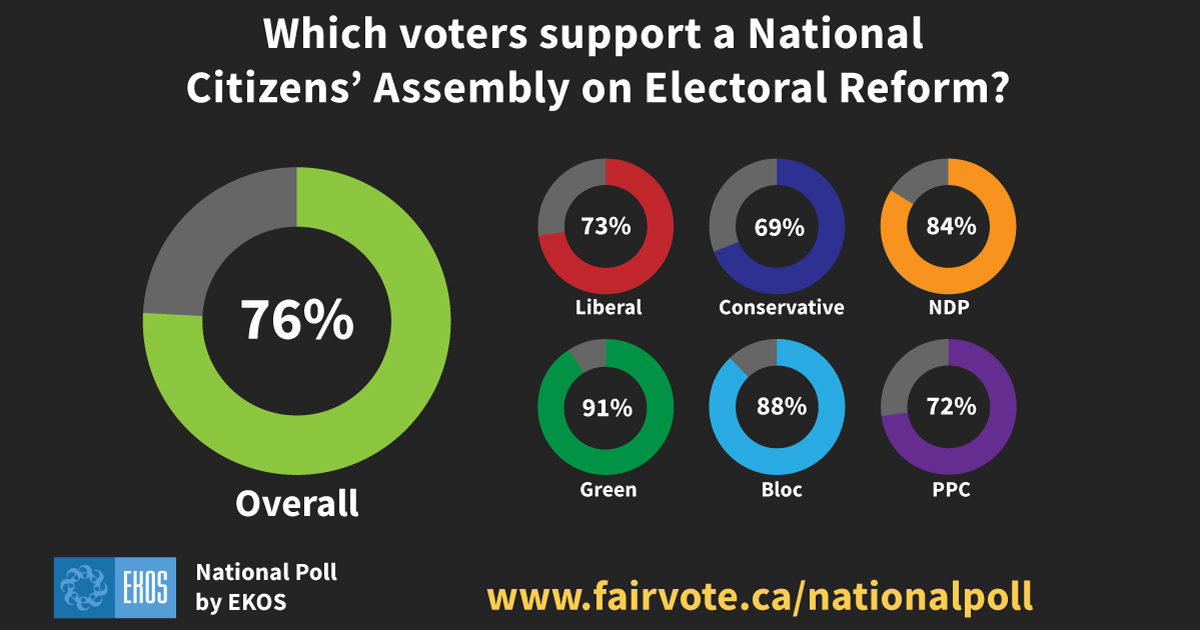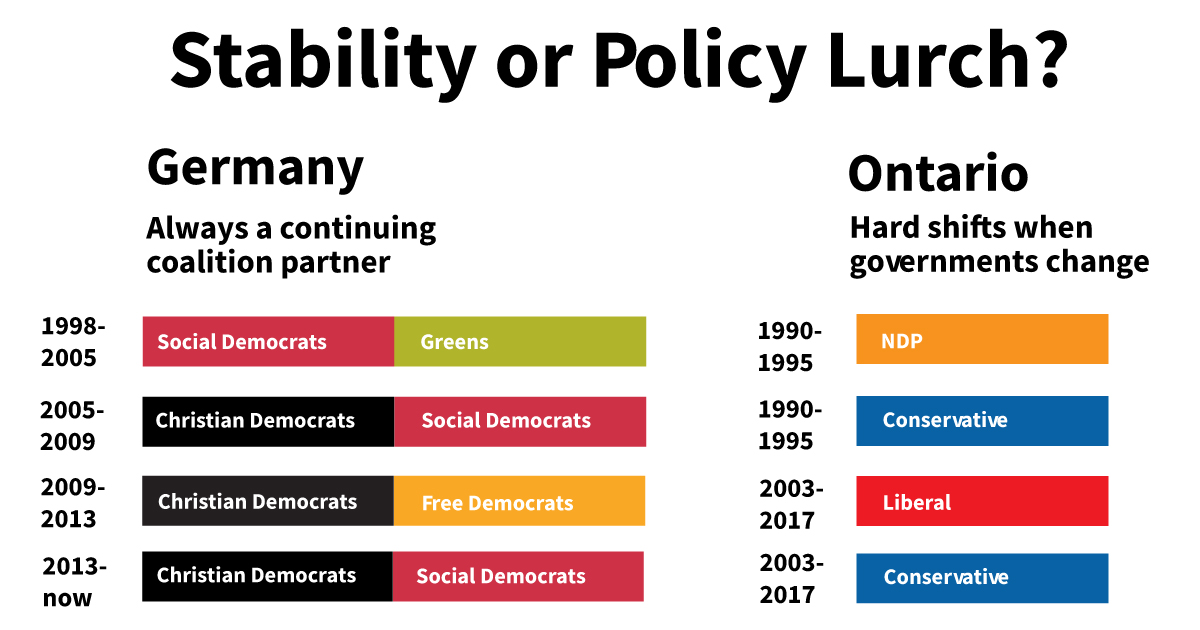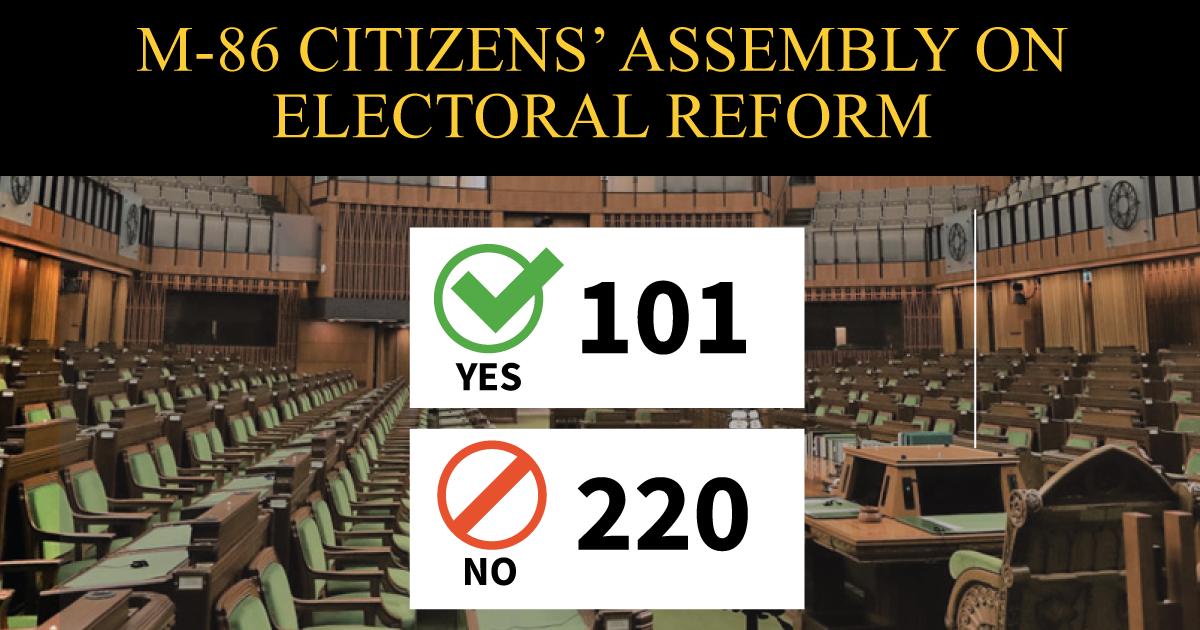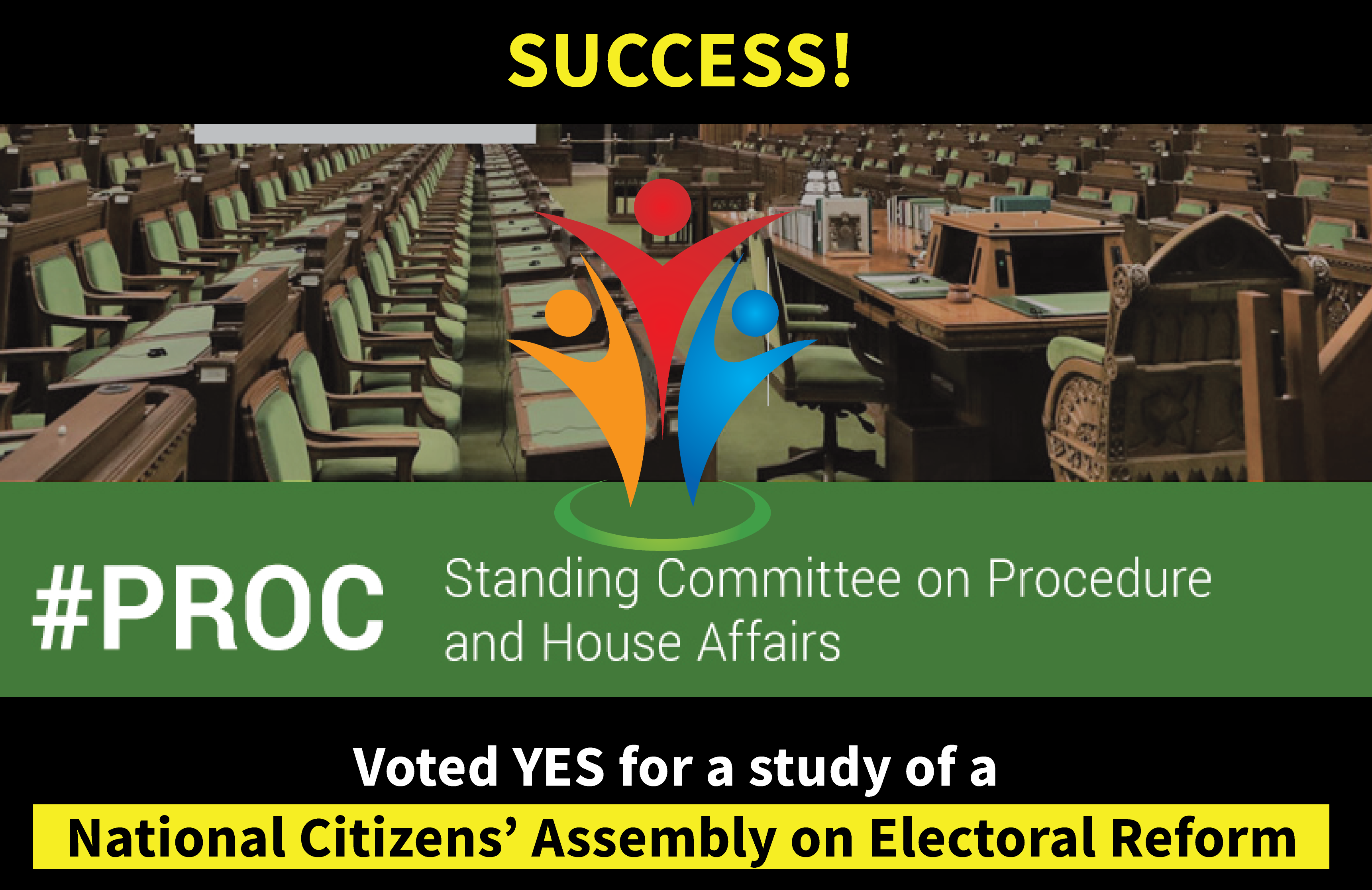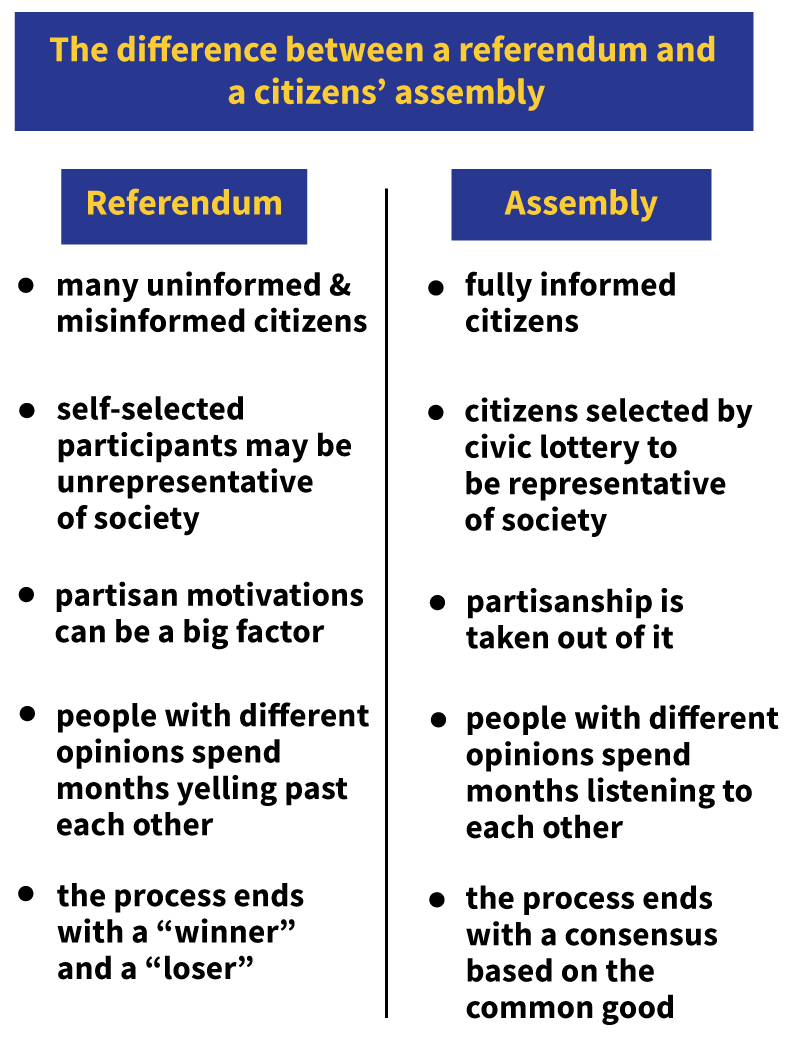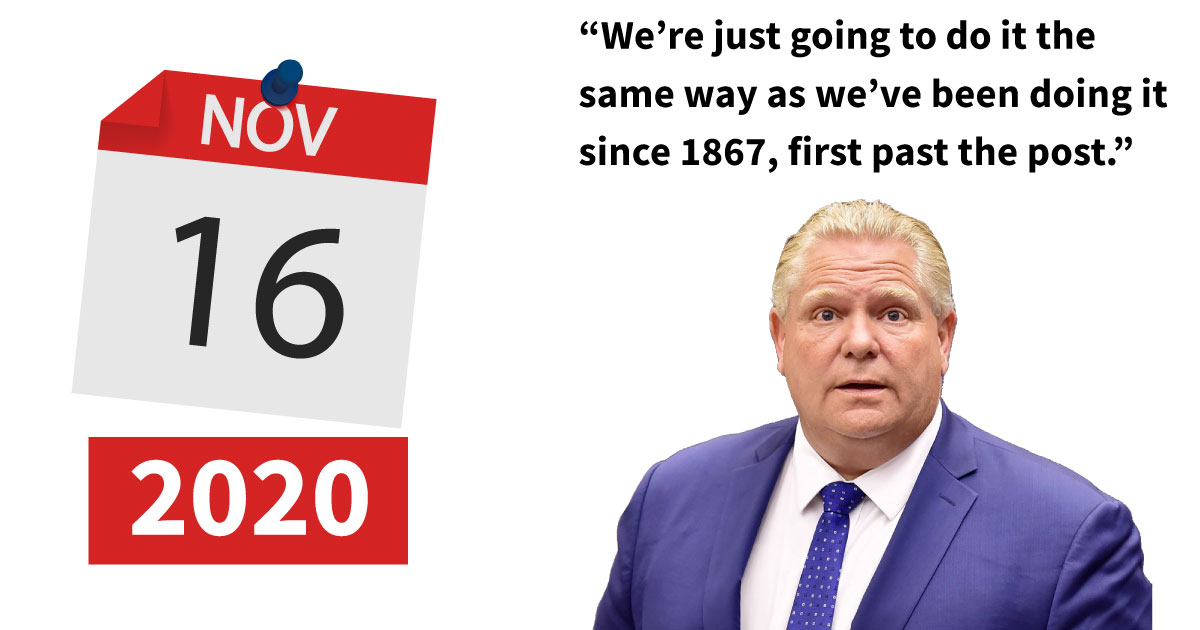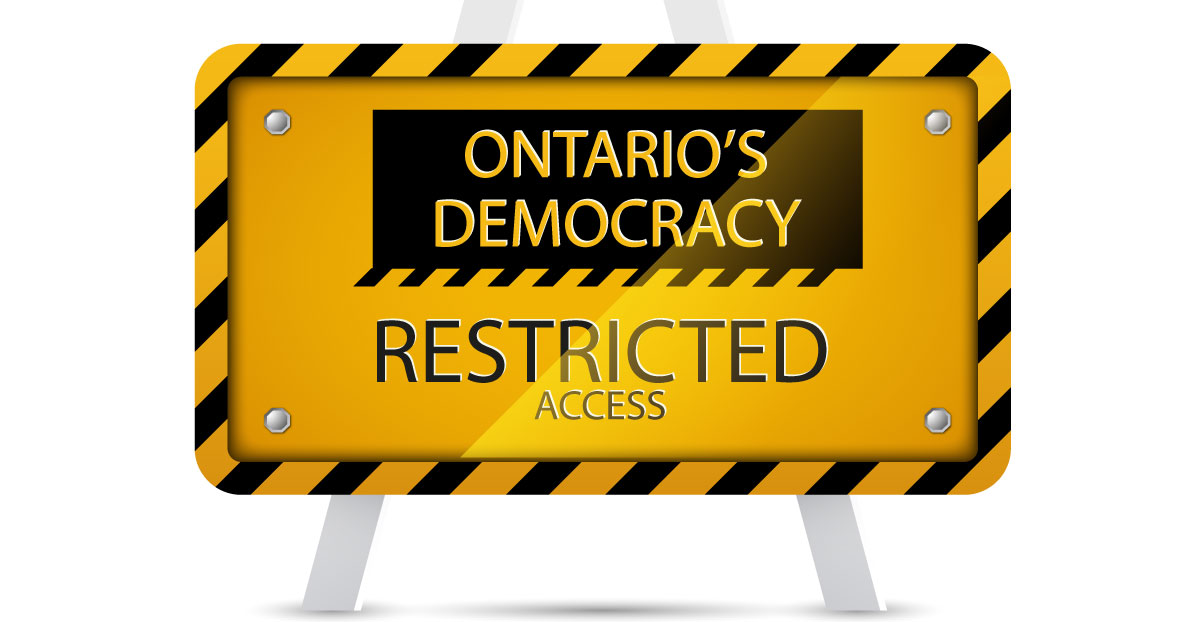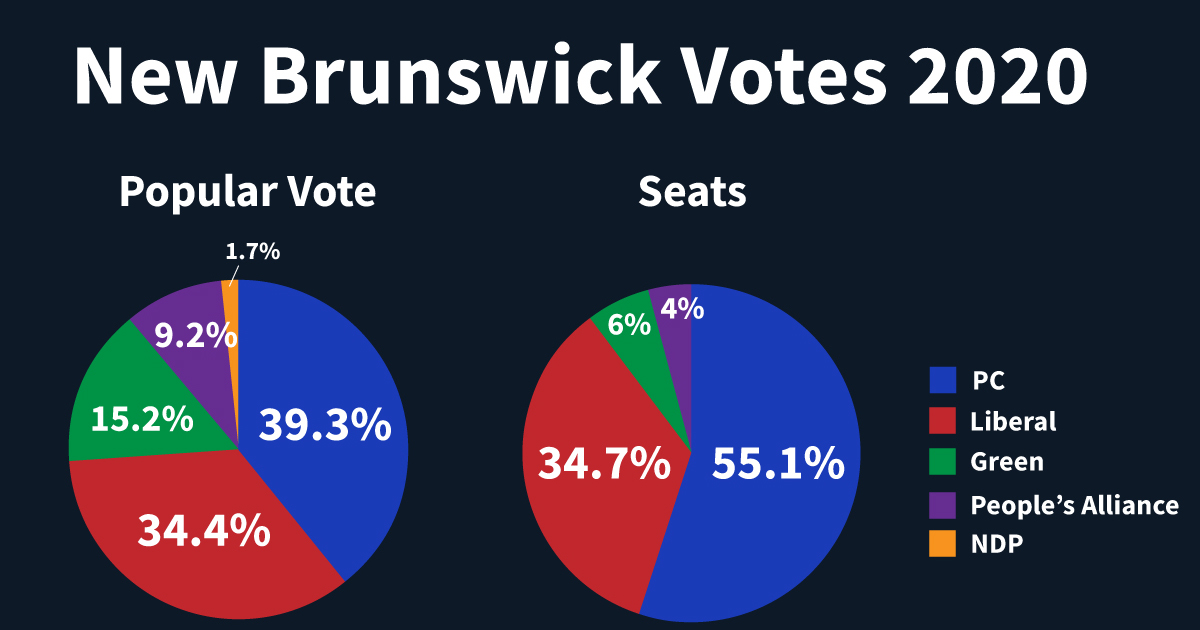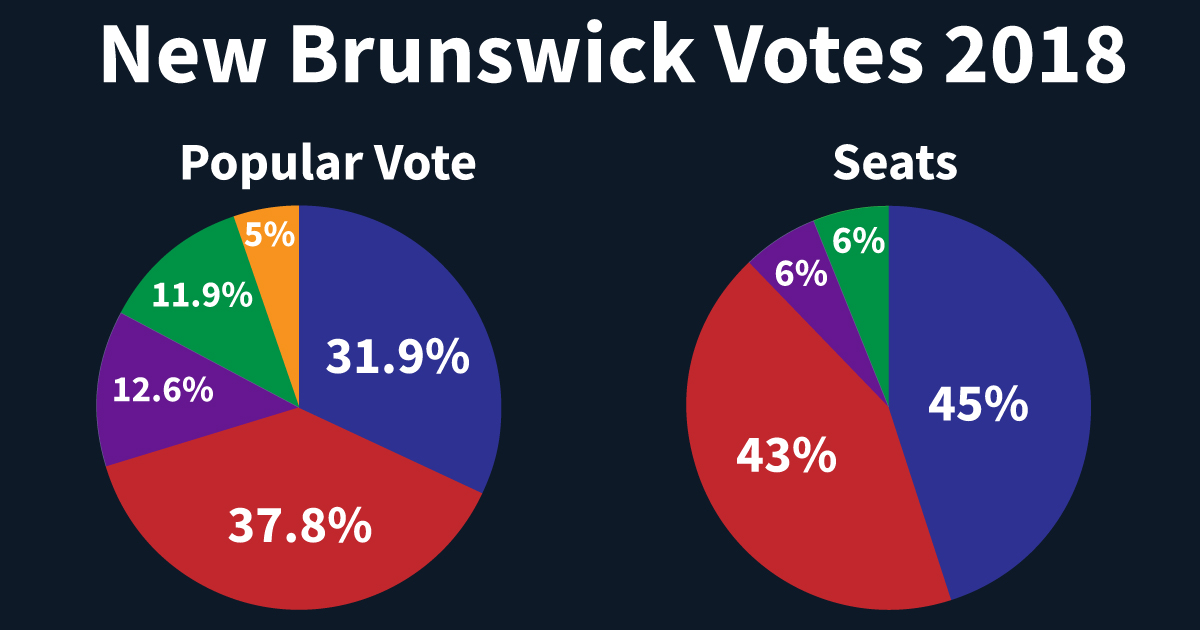Media Kit
About Fair Vote Canada
Fair Vote Canada is a national non-partisan citizens’ campaign for proportional representation. We are a grassroots advocacy organization as well as having extensive expertise in electoral reform. Incorporated as non-profit in 2001, we have volunteers across the country. Find our Statement of Purpose, national board and chapters.
Proportional representation is a principle: That seats in a legislature should match the popular vote. All models of proportional representation for Canada also retain strong local representation.
Media contacts
Media: [email protected]
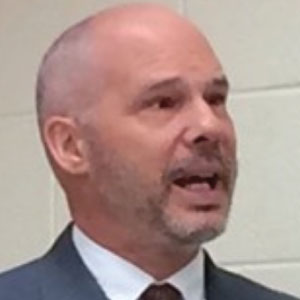
Electoral Reform Expert:
Dennis Pilon
Associate Professor, York University
Books: “The Politics of Voting: Reforming Canada’s Electoral System”, “Wrestling with Democracy”
Contact info:
https://www.fairvote.ca/dennispilon/
Analysis and Graphics
Recent media releases and blog
Media releases
Blog
Federal election: Seats vs popular vote, key graphics and resources
Federal election 2021 – stats and analysis
Federal election 2019 – stats and analysis
A National Citizens’ Assembly on Electoral Reform
Win! Committee of Parliament votes to do a study of a National Citizens’ Assembly on Electoral Reform
A National Citizens’ Assembly on Electoral Reform – What it is and why we need it
2020 Leger poll
Leger 2020 poll on proportional representation, democracy and a National Citizens’ Assembly on Electoral Reform
Problems with winner-take-all voting
Alternative Vote (winner-take-all ranked ballot preferred by Justin Trudeau)
How first-past-the-post concentrates power
Pierre Trudeau on why we need proportional representation
False majority governments – federal and provincial
Policy lurch with winner-take-all voting
Benefits of proportional representation
Global Satisfaction with Democracy Index
How PR has worked in other countries
Research on proportional representation and democracy, environment, economy, health, inequality and more
Provincial election results: Seats vs popular vote, local contacts and news
Yukon
British Columbia
Alberta
Saskatchewan
Ontario
Quebec
Nova Scotia
New Brunswick
PEI
Newfoundland and Labrador
Media assets
Federal Election 2021
Federal Election 2019
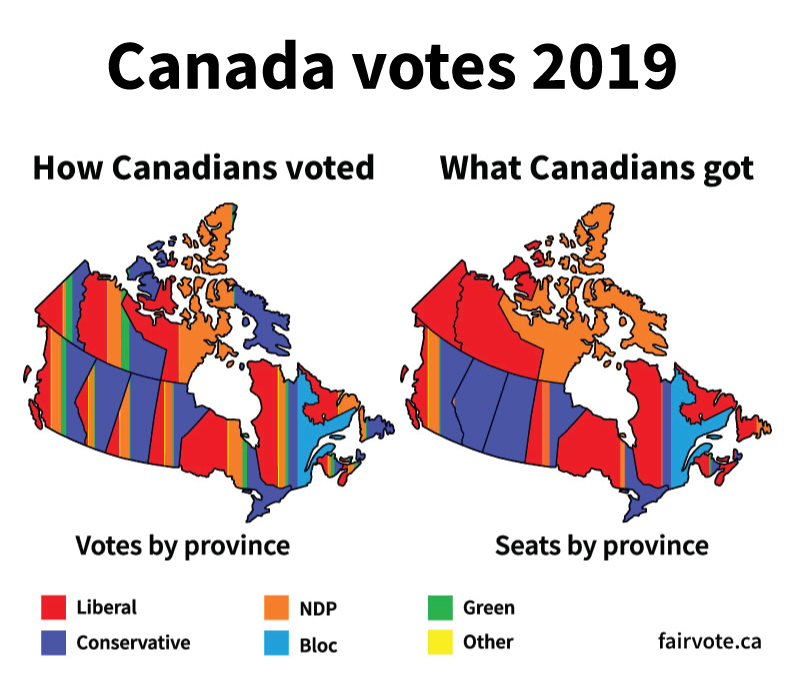
Political diversity exists in each province that is not reflected in the results with winner-take-all voting.
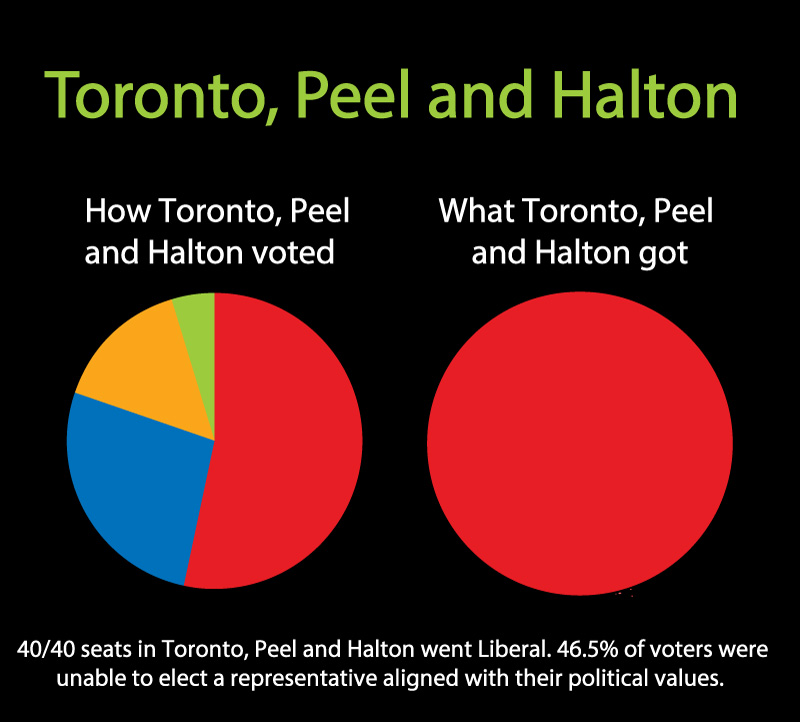
Another regional sweep with winner-take-all voting shuts out diversity.
Very similar numbers of voters voted for the Bloc and Greens, but the seats earned were wildly different: One group of voters got a strong voice, the others got hardly any voice.
Voters who helped to elect no representation with their ballots, by number and by percentage of voters for each party. In every election, it’s voters for the larger parties who cast the most “wasted” votes.
The total number of unrepresented voters is over 9 million – about 51% of voters cast votes that made no difference to the outcome.
In countries with proportional representation (about 80% of OECD countries), usually about 95% of voters cast ballots that elect representation and help shape makeup of the legislature.
Leger National Poll 2020
A December 2022 EKOS poll shows 76% of Canadians—including a strong majority of supporters of all parties—back a National Citizens’ Assembly on Electoral Reform.
90% say that Parliament should reflect how people voted. 78% think that majority governments should have at least 50% of the popular vote.Canadians firmly oppose any single party alone changing the electoral system to suit their preferences
Alternative Vote (winner-take-all “ranked ballot”)
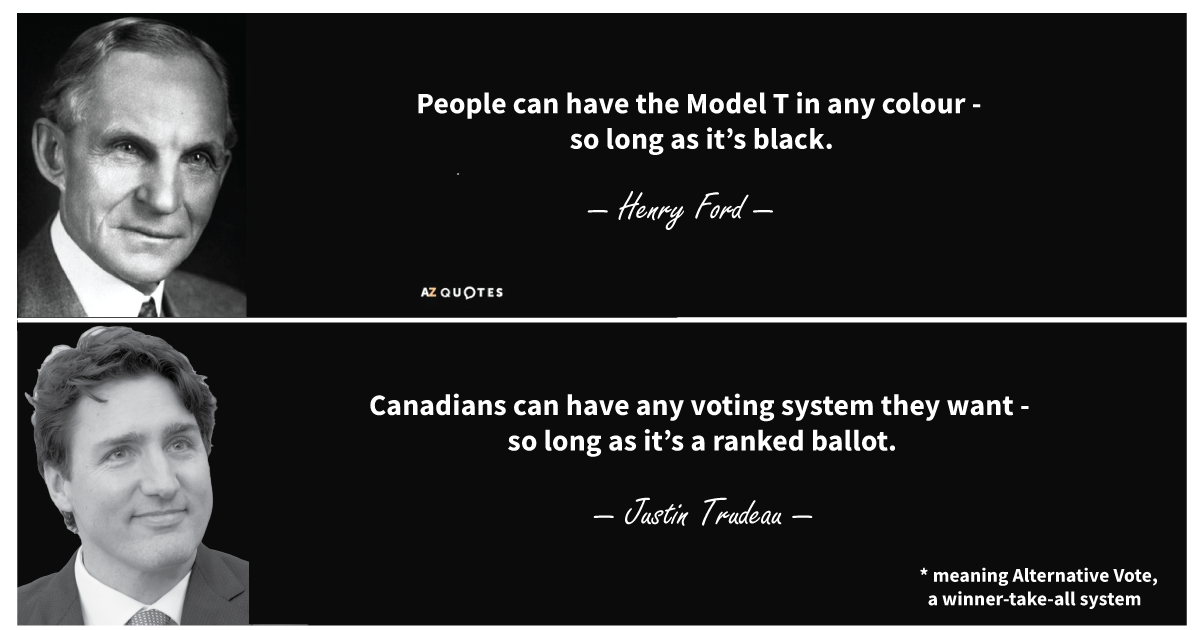
Press release September 2021: Yes to reform. No to Trudeau’s hand-picked system. Note: Proportional systems aim to make the popular vote closely match seats and “make every vote count”. They can also use a ranked ballot.
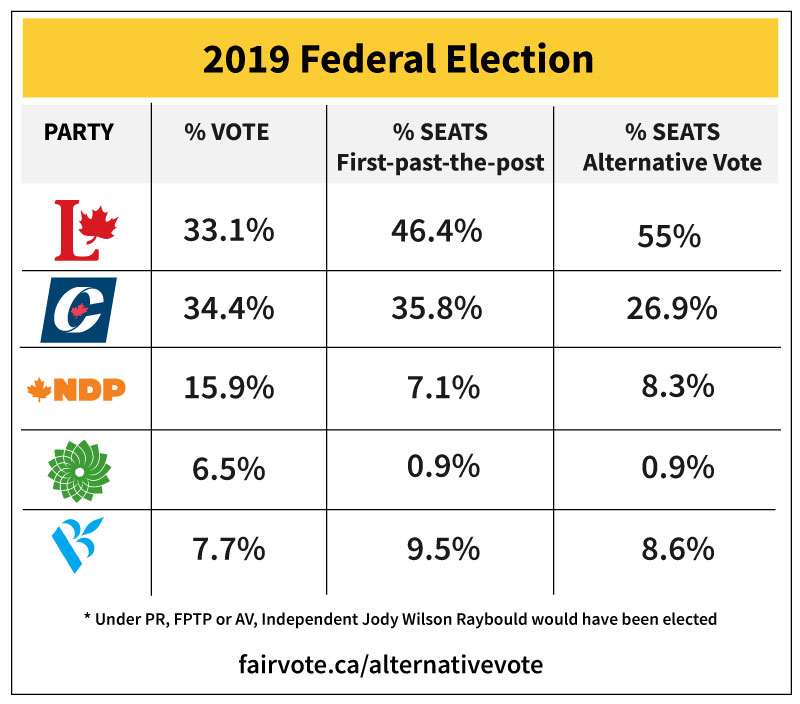
Picture: Comparing two winner-take-all systems: First-past-the-post and Alternative Vote (AV). AV is a winner-take-all voting system that uses a ranked ballot.
Read: Analysis of the 2019 and 2015 election results using AV and more on AV.
4% of the experts who testified to the federal electoral reform committee recommended AV. 88% of the experts recommended proportional representation (PR). In multiple simulations done for the Electoral Reform Committee at their request by expert Byron Weber Becker, AV was shown to be the only system that could produce more disproportional results than first-past-the-post.
Note: Proportional systems aim to make the popular vote closely match seats and “make every vote count”. They can also use a ranked ballot.
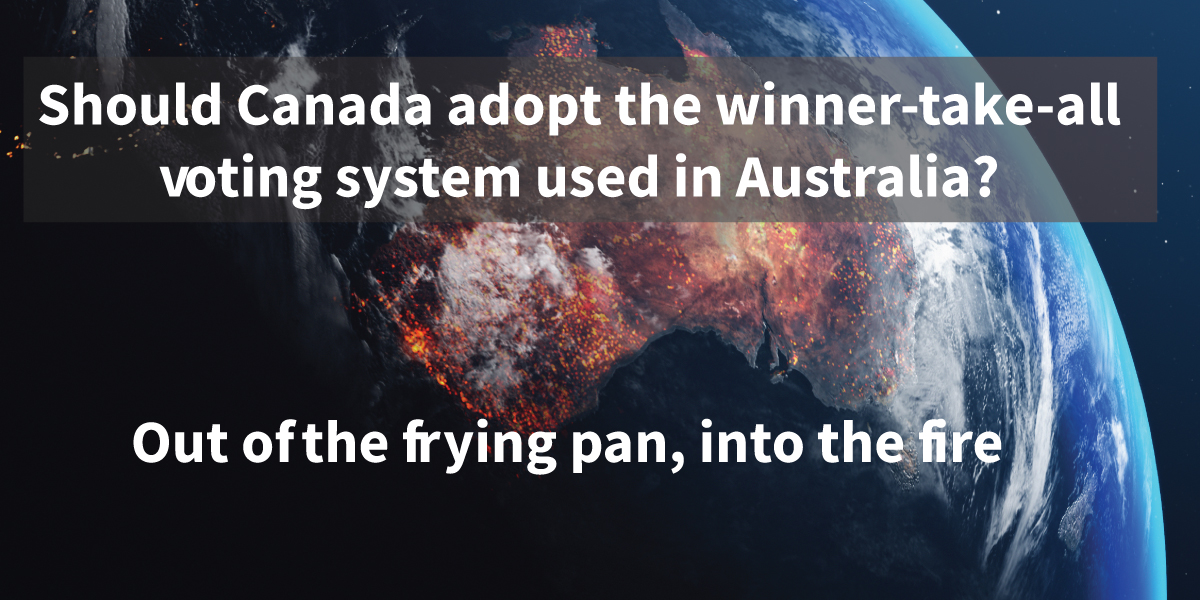
Blog: Alternative Vote – from the frying pan into the fire. Lessons from Australia
In 2017, the Liberals killed electoral reform when it became clear that the only system Justin Trudeau would permit — the “ranked ballot” – wasn’t going to fly. Trudeau meant the Alternative Vote (AV), the winner-take-all voting system used in Australia. (Proportional systems can also use a ranked ballot — but that wasn’t what he meant). What is the result of the Alternative Vote in Australia today?
How winner-take-all voting concentrates power
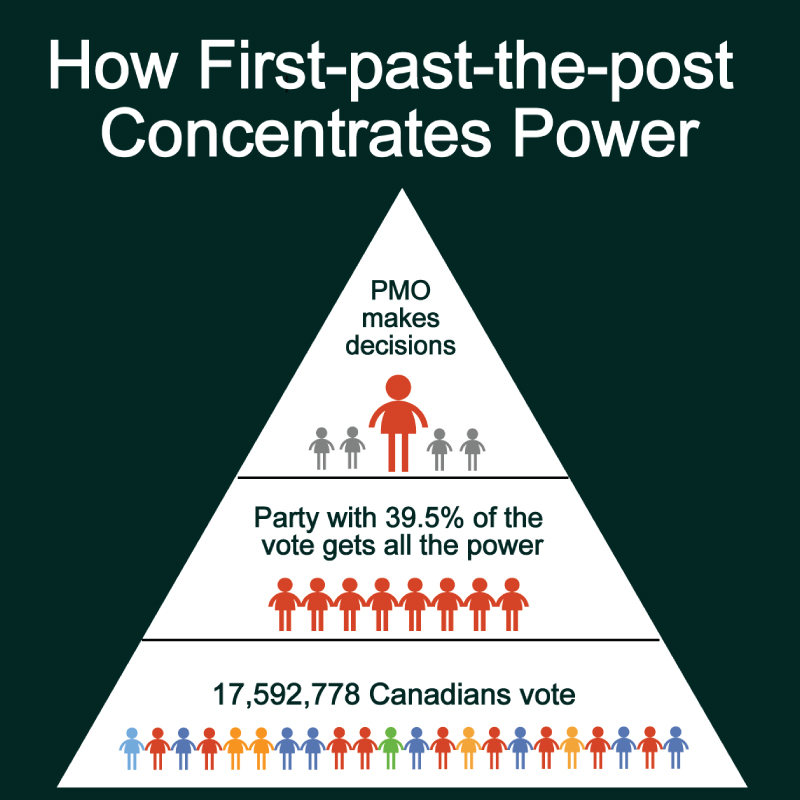
2015 election (picture left). First-past-the-post concentrates power with one party’s backroom. Read our press releases on how this played out in recent years with corruption in BC, the SNC Lavalin scandal and the WE scandal:
How first-past-the-post fuels corruption
Jody Wilson Raybould and the politics of first-past-the-post
Time to let sunshine into the PMO
Why did Trudeau plunge into such a preposterous decision on WE?
Pierre Trudeau advocating for proportional representation
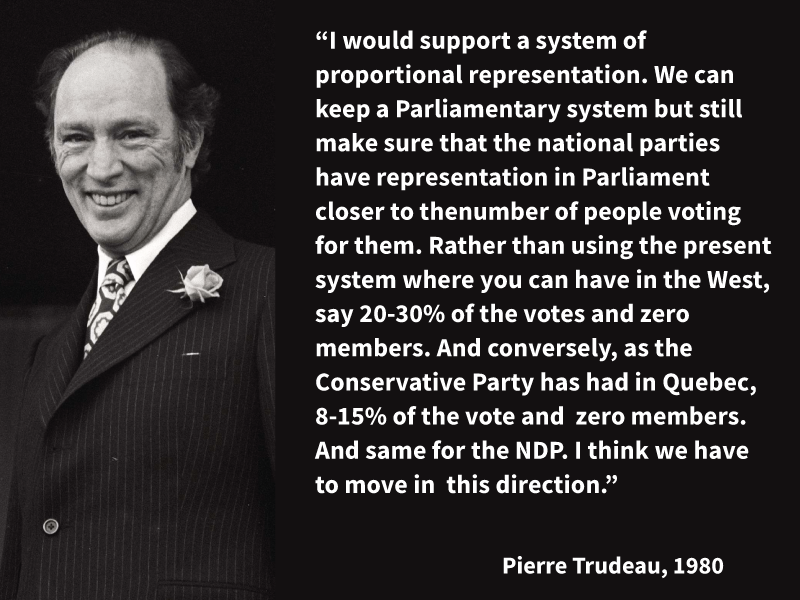
Pierre Trudeau was acutely aware of the regional divisions created by winner-take-all voting and said the government would have trouble speaking for the nation until Canada adopted proportional representation. More from Pierre Trudeau on PR.
False majority governments
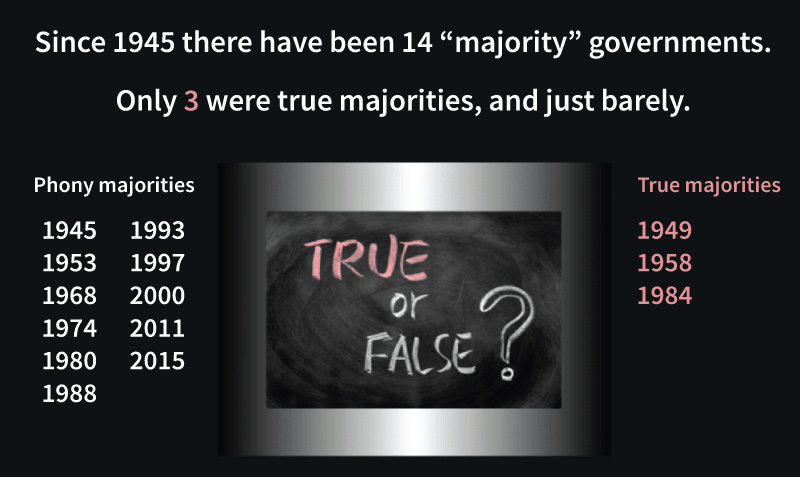
Most majority governments in Canada are false majorities, formed with far less than a majority of the vote. In 2011, Harper won a false majority with 39.6% of the popular vote. In 2015, Trudeau won a false majority with 39.5% of the popular vote. See all results identifying false majority governments since 1867 here.
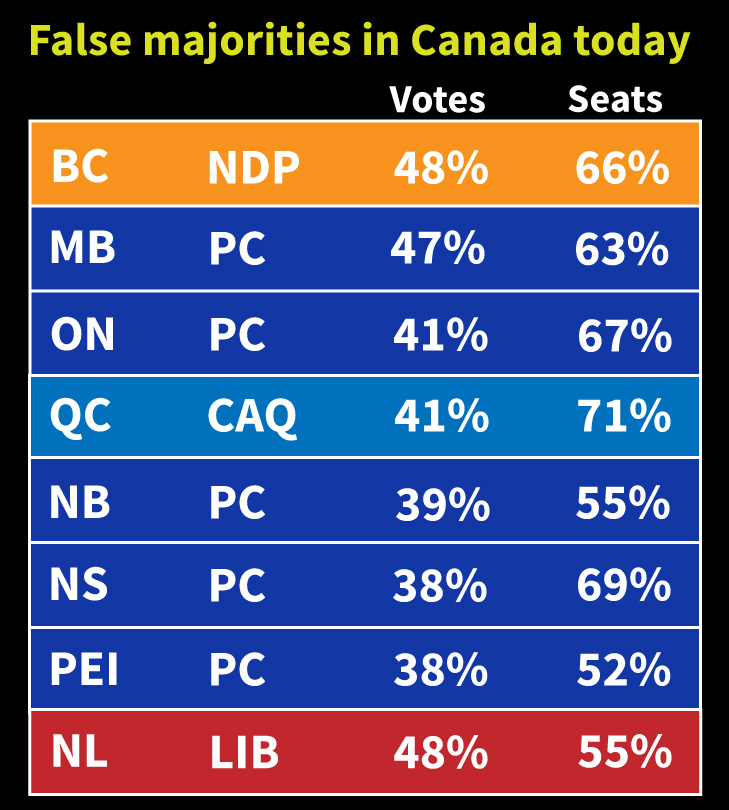
Most of the provincial governments in Canada are false majority governments.
Global Satisfaction with Democracy Index
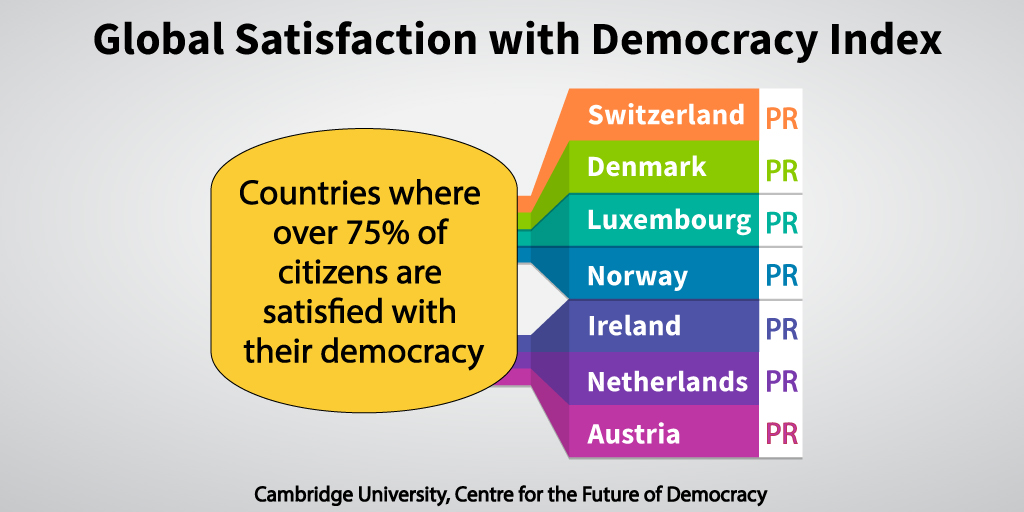
Cambridge University’s Centre for the Future of Democracy released a report sounding the alarm bells about the decline in faith in democracy. The seven countries where satisfaction with democracy has actually increased all use proportional representation.
Policy lurch with winner-take-all voting
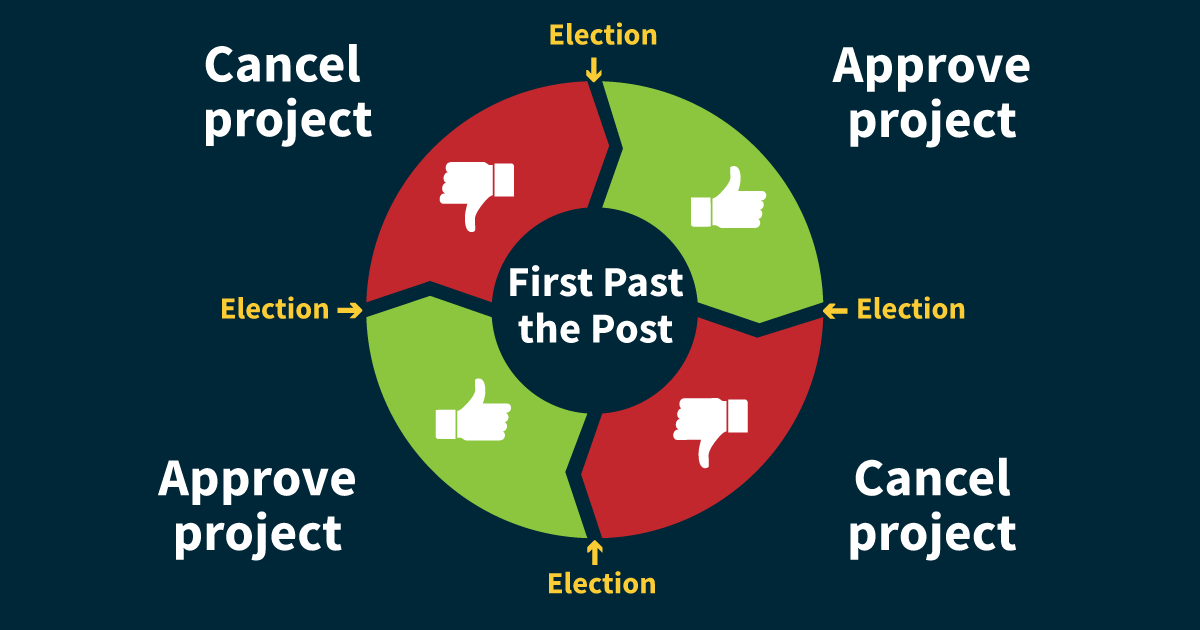
Press release: Teck and White Pines Two Sides of the Same Coin
What does the withdrawal of the Frontier oil sands project have in common with the dismantling of Ontario windmills? Both are victims of an unstable policy climate that ought to give any energy company a reason to think twice. This kind of drastic policy lurch as one government is replaced by its opposite — and the uncertainty and instability it creates — is endemic to winner-take-all voting.
Winner-take-all voting can mean drastic policy shifts after an election. Majority governments are often formed with about 40% of the vote. In many cases parties run on a platform of reversing what the previous government has done. Proportional representation provides more continuity and stability, even when governments change. Policies will always have the support of more than one party, representing a majority of voters.
A National Citizens’ Assembly on Electoral Reform
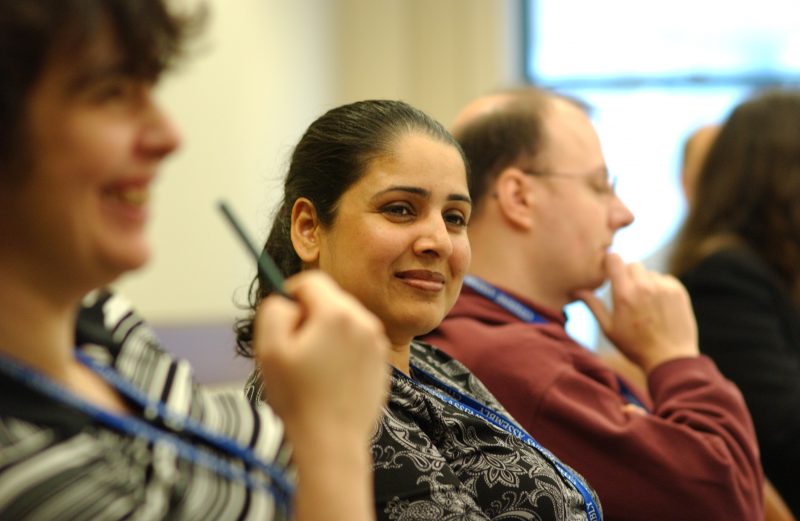
What is a Citizens’ Assembly? The basics.
Who’s supporting this?
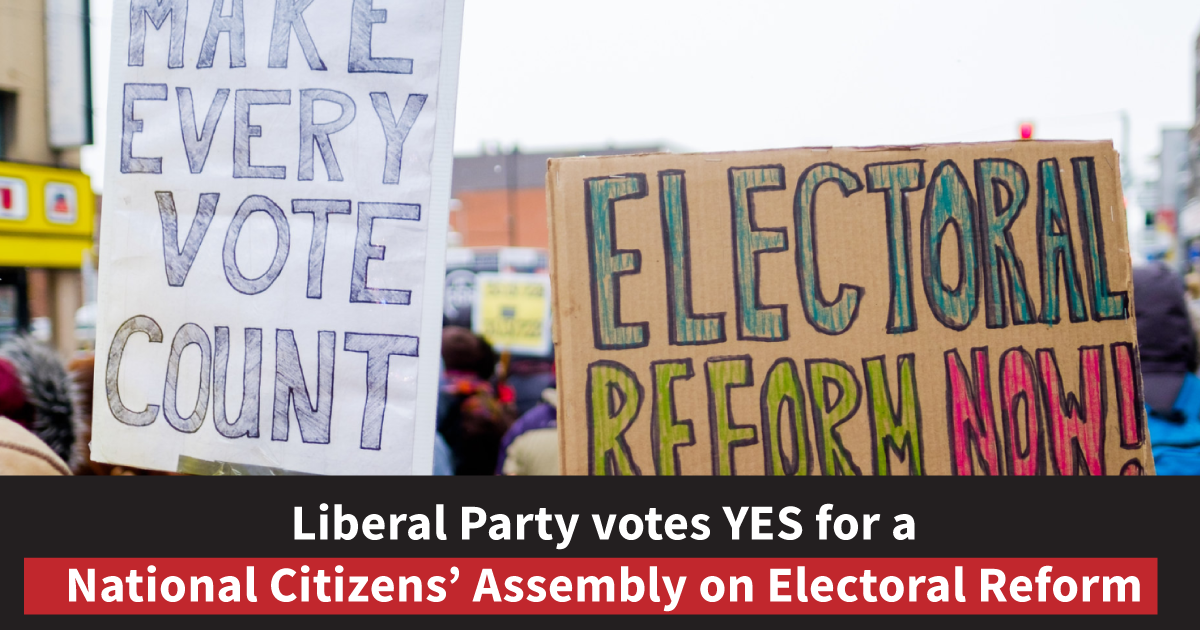
In the biggest leap forward since 2015, the federal Liberal Party has voted at their convention in Ottawa to back a National Citizens’ Assembly on Electoral Reform. The vote passed with strong support from party members and Liberal MPs from across the country.
In addition to the support of the NDP, Green Party and Bloc MPs, 40 Liberals and 3 Conservatives voted for the motion. While it’s extremely disappointing that not enough MPs voted for Motion M-86 to see it pass, achieving so much support from MPs from every party is a testament to the perseverance, determination and hard work of volunteers across the country.
In June 2021, the Liberals, NDP and Bloc MPs on the Procedures and House Affairs Committee voted to do a study of a National Citizens’ Assembly on Electoral Reform. The motion was put forward by NDP Democratic Reform Critic Daniel Blaikie. (The Green Party supports this but did not have a seat on that committee).
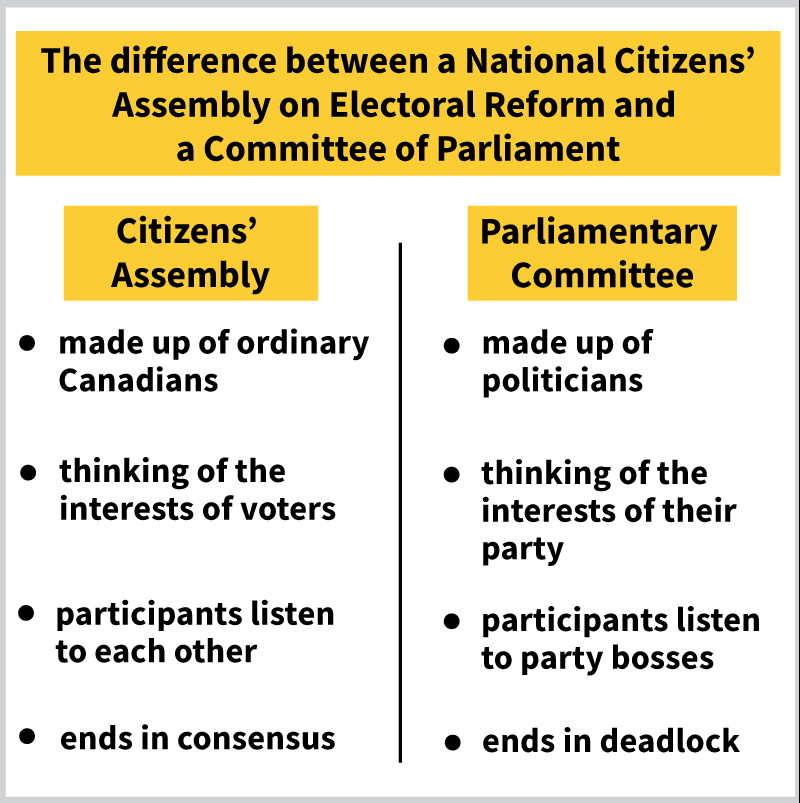
Many politicians inevitably have trouble overcoming their personal or partisan self-interest – making it difficult for them to design a fairer electoral system for Canada. It’s a bit like expecting the turkeys to plan Thanksgiving. Almost every process in Canada that has looked at electoral reform has recommended a change – except the ones led by committees of politicians.
A Citizens’ Assembly is a deep and meaningful citizen involvement through a demographically representative, fully informed, independent group – basically a mini-public. Citizens’ Assemblies and processes following the same model are on the cutting edge of better democracy and are being used to deal with complex and challenging issues around the world. Read the OECD report.
Proportional Representation in other countries
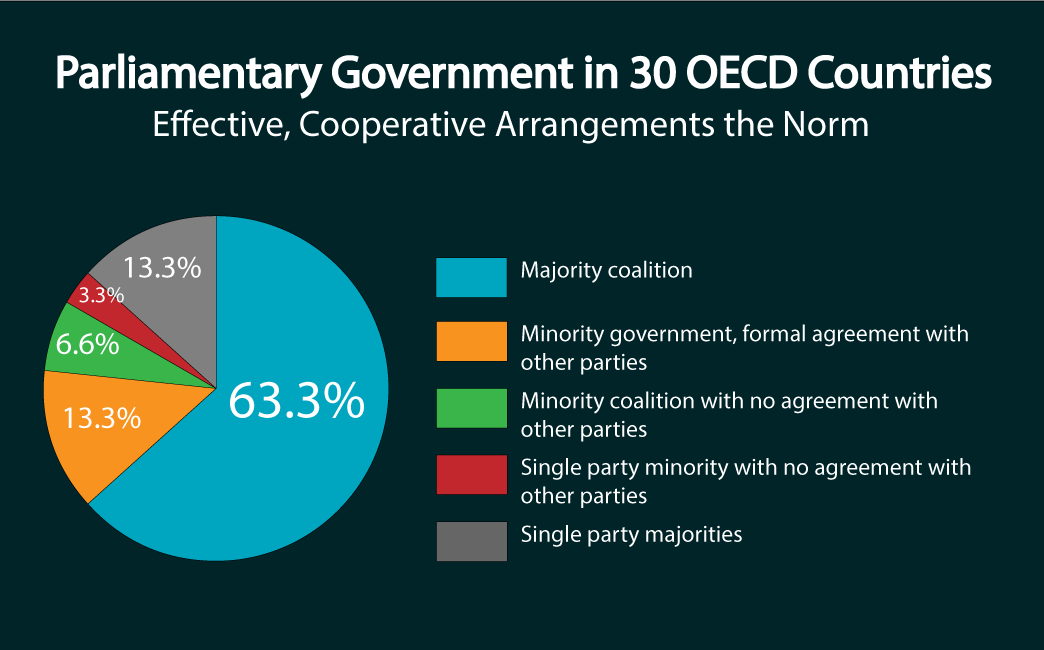
Data from 2018. Most countries with Parliamentary systems in the OECD are governed by parties working together.
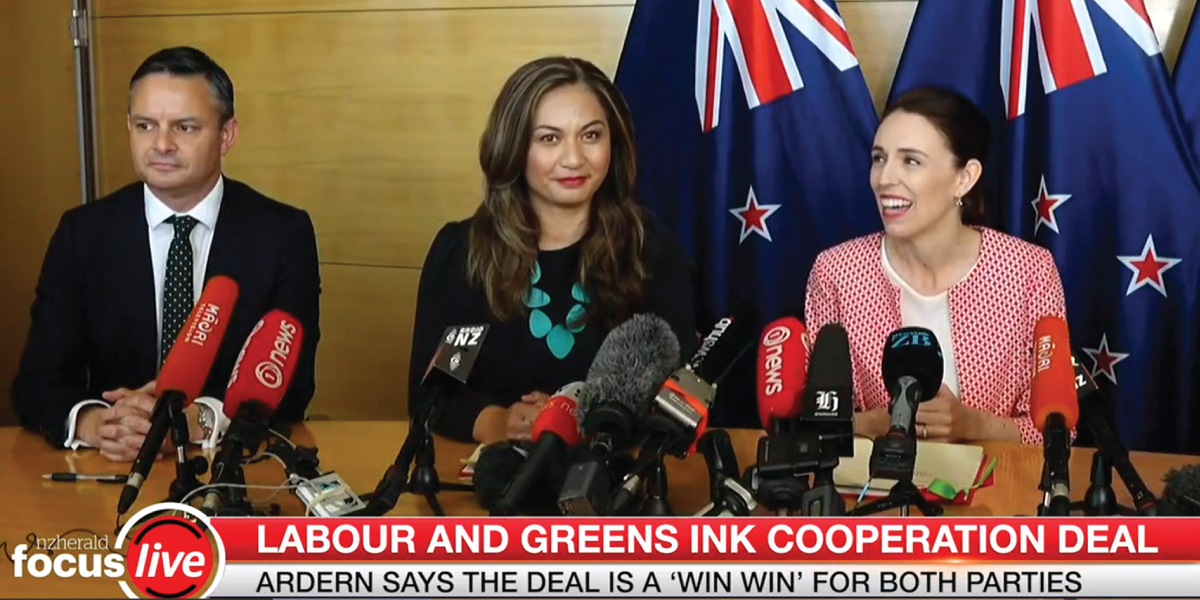
Blog: BC and NZ Elections: A sharp contrast in what democracy can be
From the timing of the election, to media coverage, to government formation – the differences between first-past-the-post and proportional representation are substantial. PR has changed the political culture of NZ.
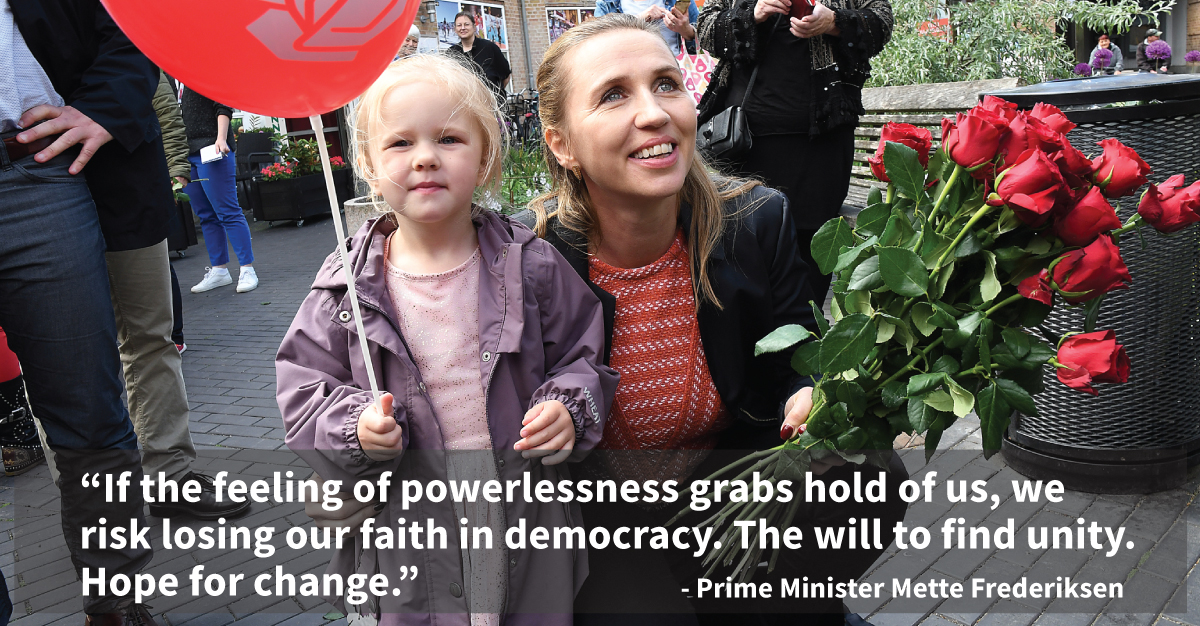
Blog: Cooperation leads to a groundbreaking law in Denmark.
Denmark just passed a trailblazing law for climate action. Almost every party in the Parliament worked together for months to write the law, including the conservative parties, that would ensure Denmark’s success far into the future. As BBC reports, it’s now almost “illegal” for a government to drag its feet on climate action.
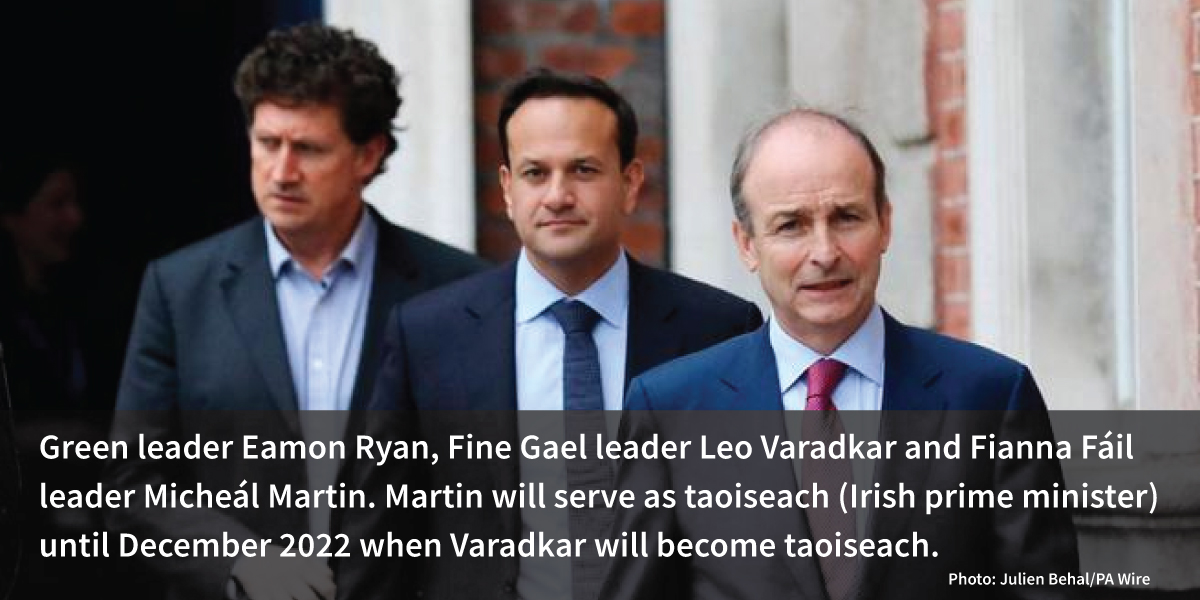
One hundred years of rivalry between Ireland’s two main parties – ninety-seven years after the two sides ended the civil war – is ending with an historic grand coalition agreement. It is cooperation on an unprecedented scale in Ireland, even with the country’s long history of proportional representation.
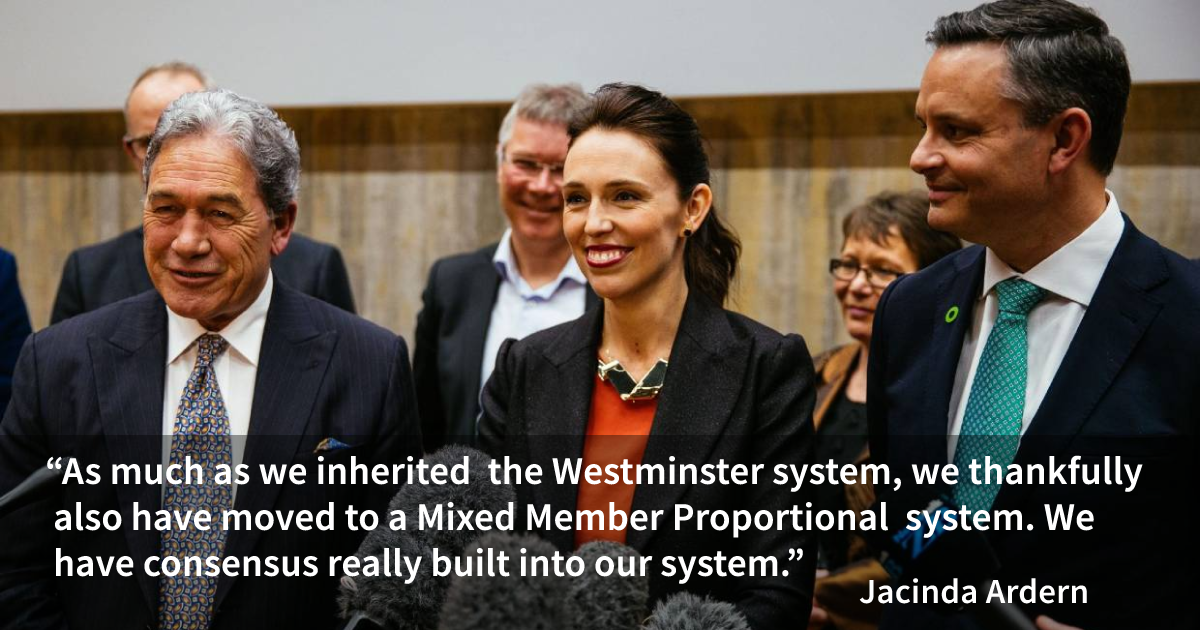
Blog: New Zealand – An all-party cooperation success story during COVID-19.
Jacinda Ardern’s Labour Party got 37% of the vote in 2017. They formed a coalition with the NZ First Party and a supply and confidence agreement with the Greens. All three parties had Ministers. All parties in NZ, including the opposition party, National, worked in close cooperations in the legislature to deliver a top-notch repsonse to COVID-19.
Proportional Representation Matters: Research
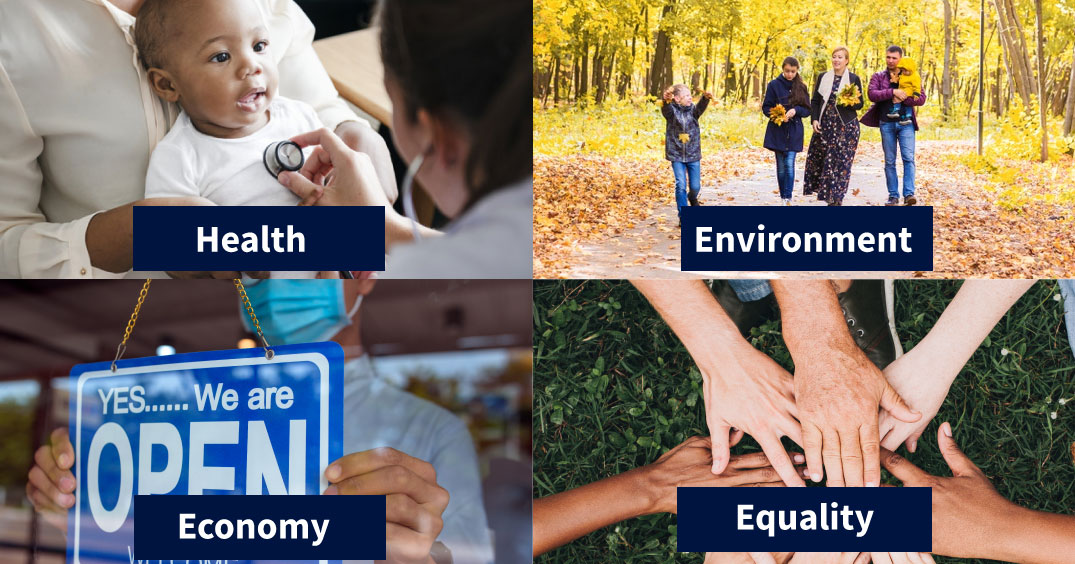
Summary of Research: Building Better Democracy
More detailed research summary
Strengthening our democracy, making it more fair, stable and inclusive, is fundamental to meeting the challenges ahead. Research shows that citizens in countries with PR enjoy better health, longer lives, lower income equality, stronger economies, better environmental protection and more.
Provinces and Yukon – Results, Local news/contacts
Yukon
Local media contact:
Gerald Haase, Fair Vote Yukon
Email: [email protected]
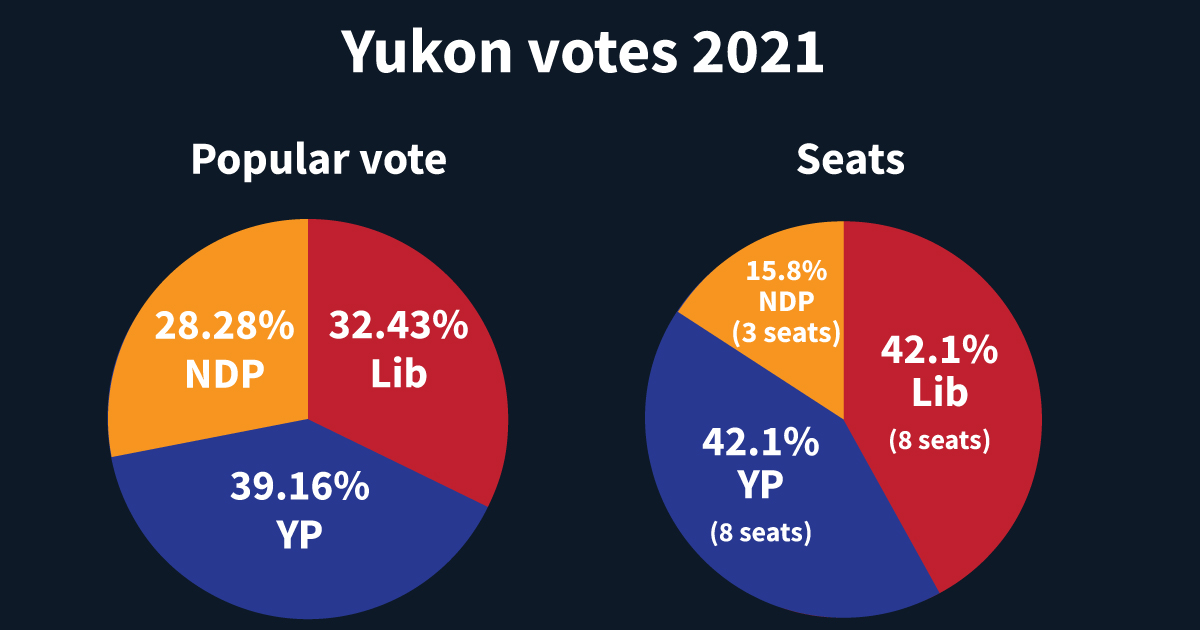
British Columbia
Local media contact:
Gisela Ruckert (Kamloops), Fair Vote Canada Board Member and Past President Fair Vote Canada BC
Email: [email protected]
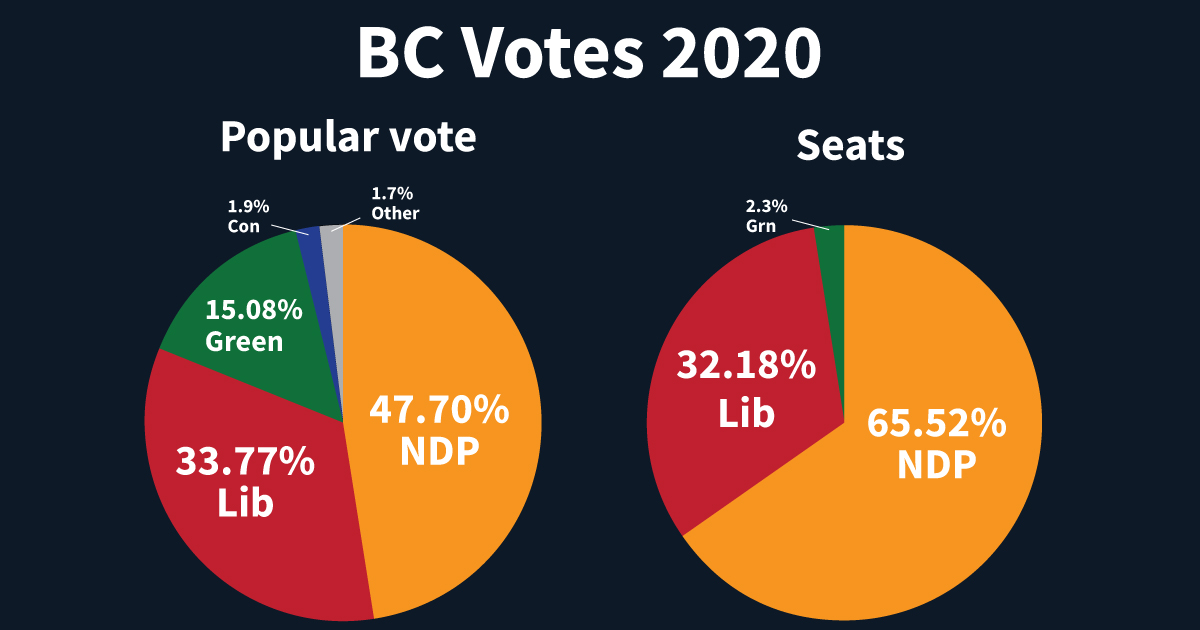
Alberta
Local media contact:
Peter Adamski (Edmonton)
Email: [email protected]
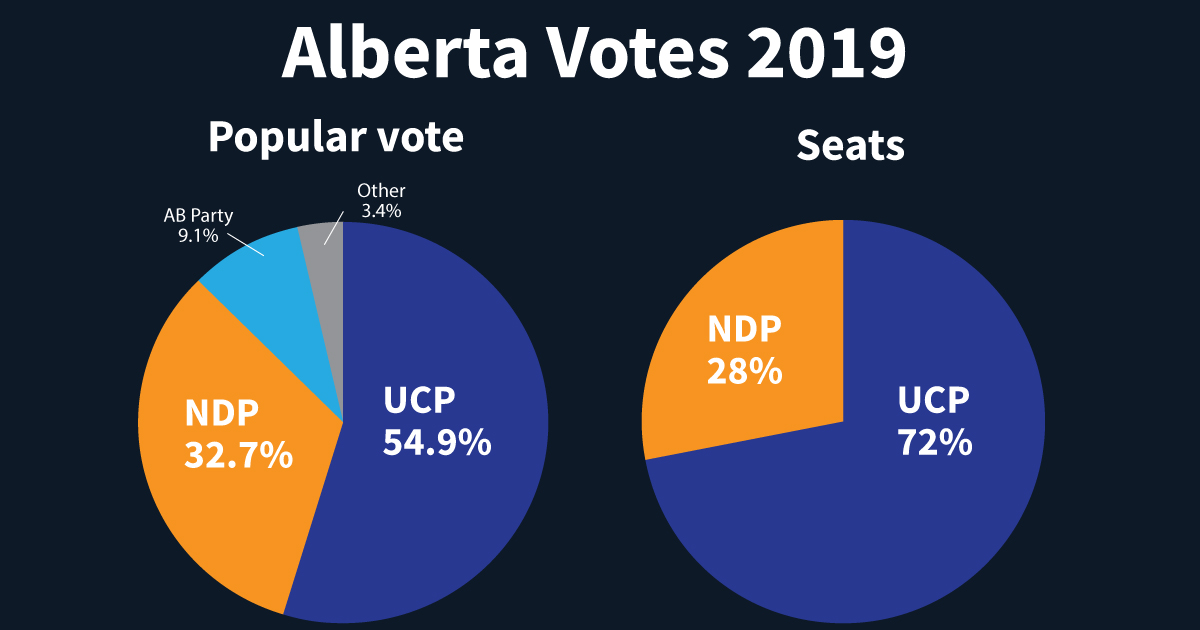
Press release with analysis of election results.
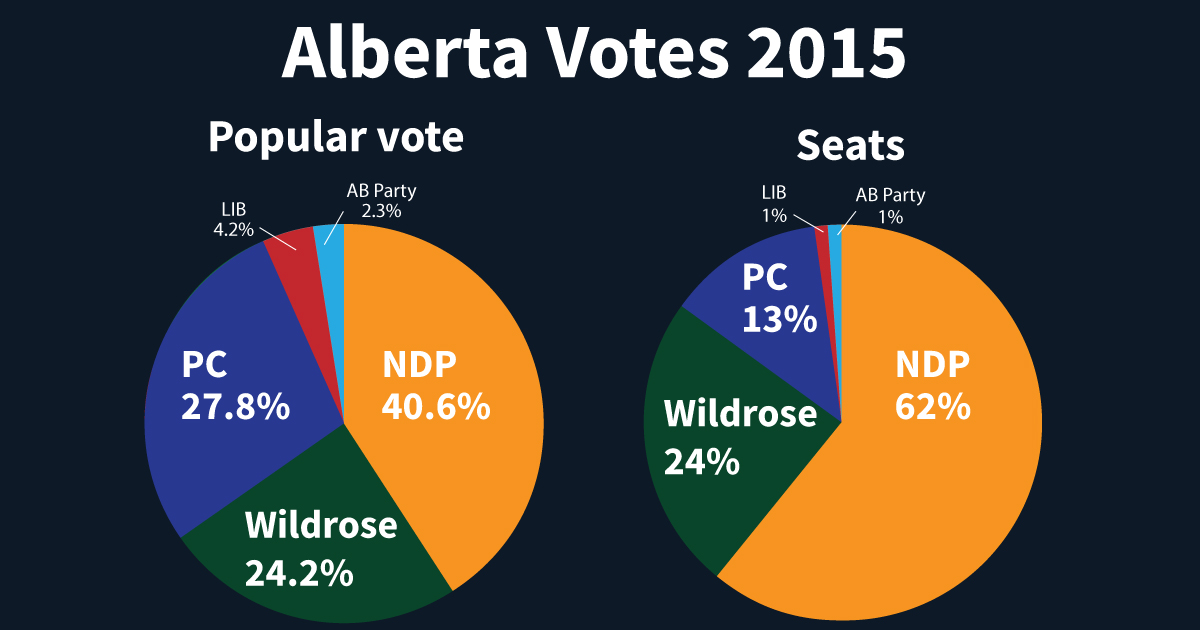
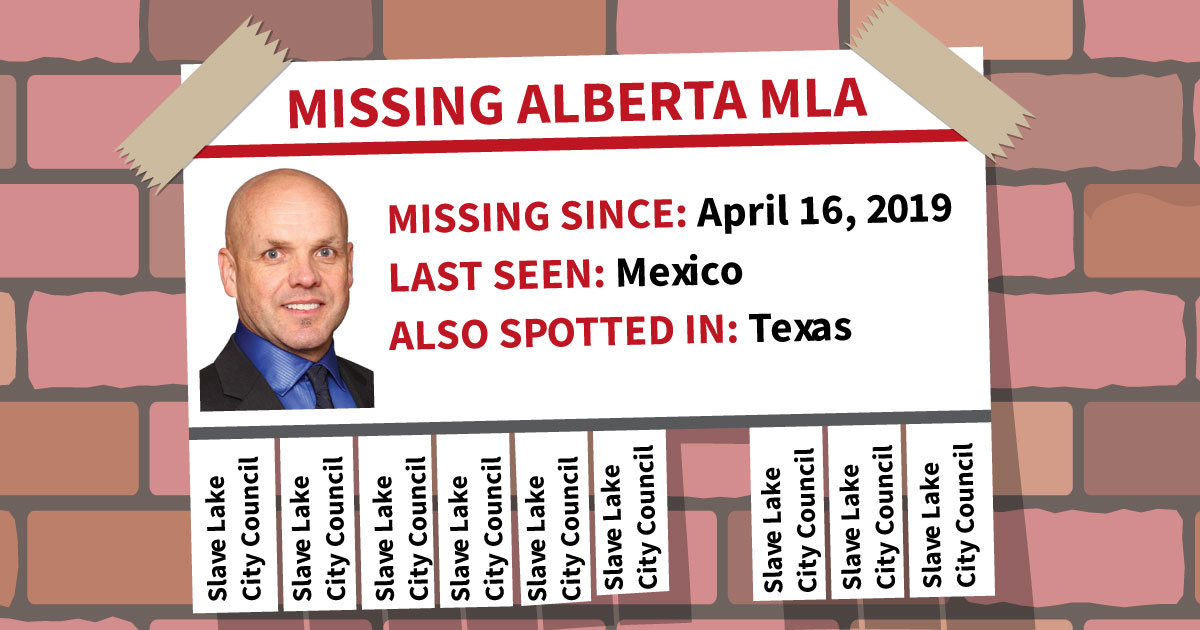
Press release: First-past-the-post leaves voters with phantom MLA
In another glaring first-past-the-post fail, the town council in Slave Lake Alberta is so fed up with their invisible MLA, Pat Rehn, they’ve demanded his resignation. With proportional representation, there would be more than one MLA working to represent those constituents. A little competition is good for everyone. How would voters in Northern Alberta, including Lesser Slave Lake, be represented with PR?
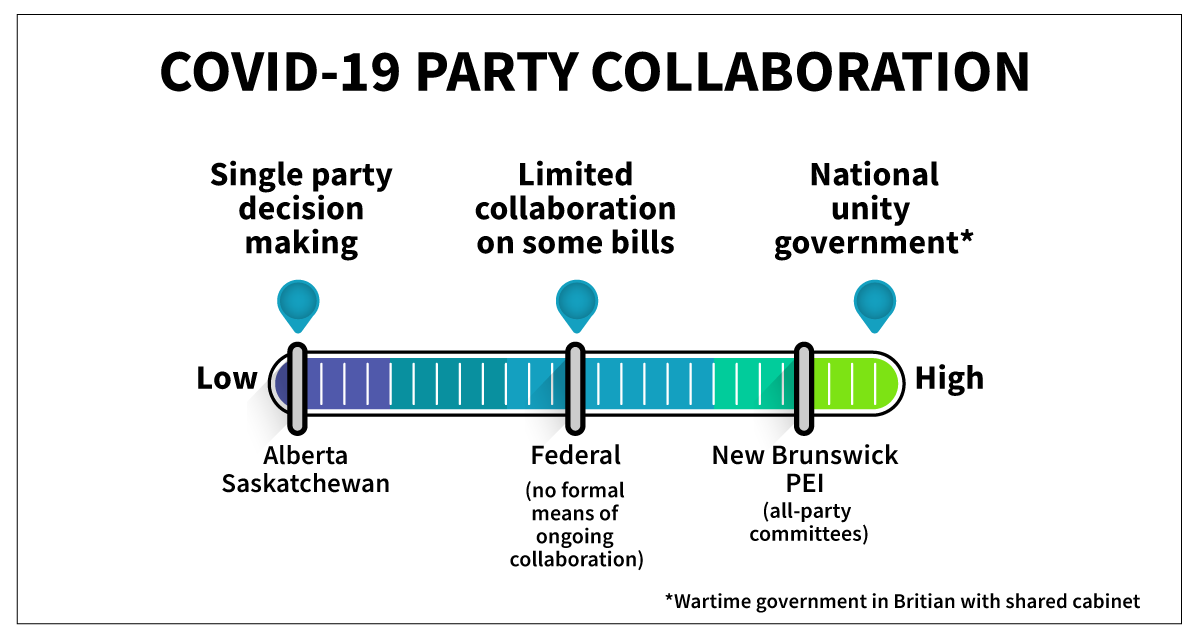
Saskatchewan
Local media contact:
Nancy Carswell
Email: [email protected]
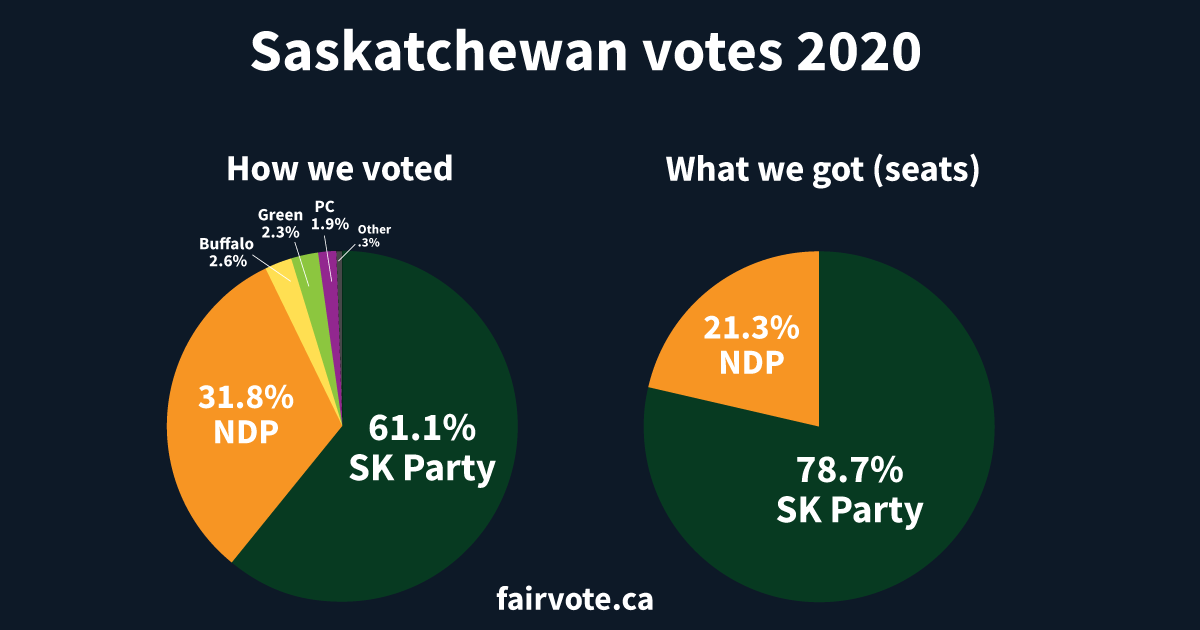
Manitoba
Local media contact:
Alon Weinberg (Winnipeg)
Email: [email protected]
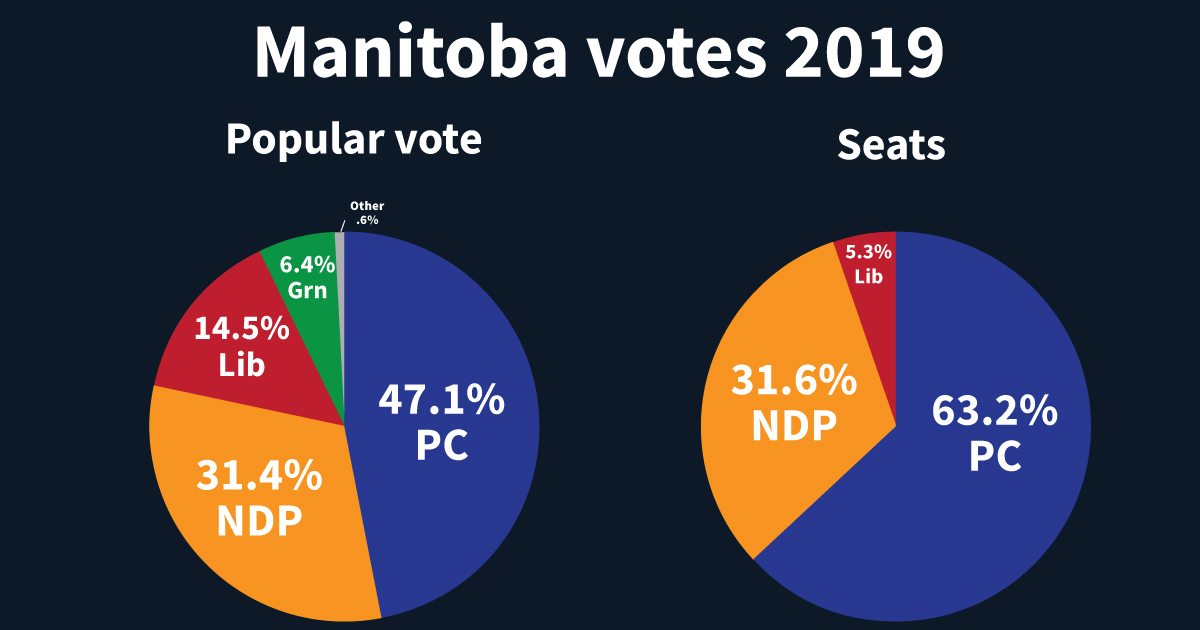
Ontario
Media contact: [email protected]
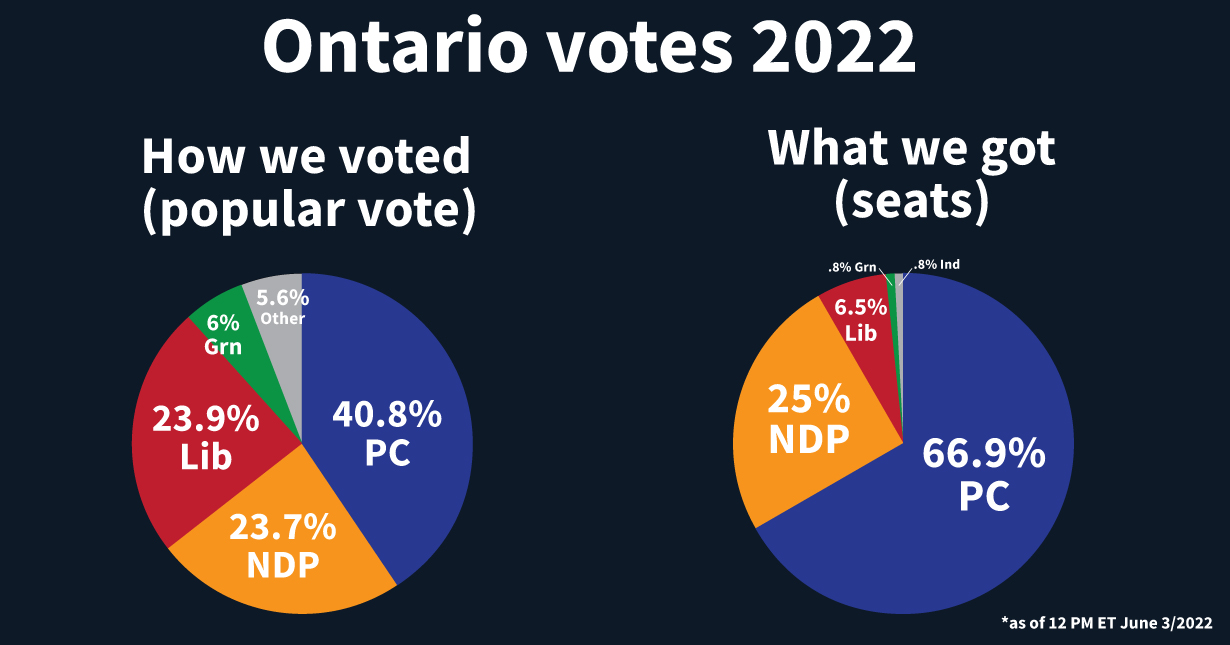
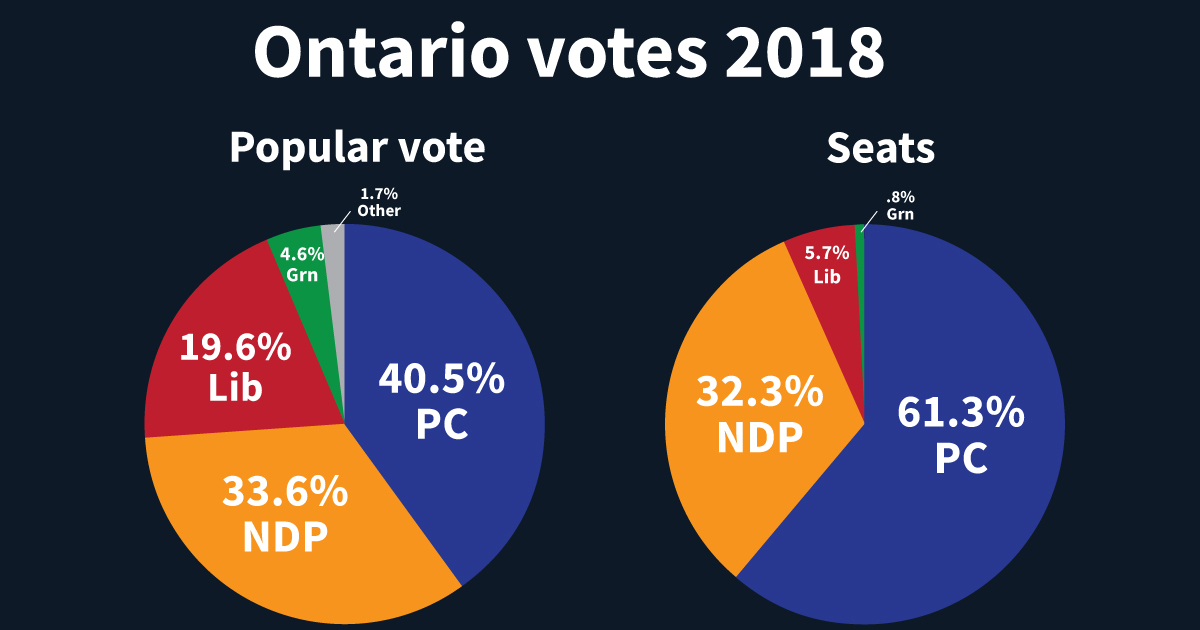
Press release with analysis of results.
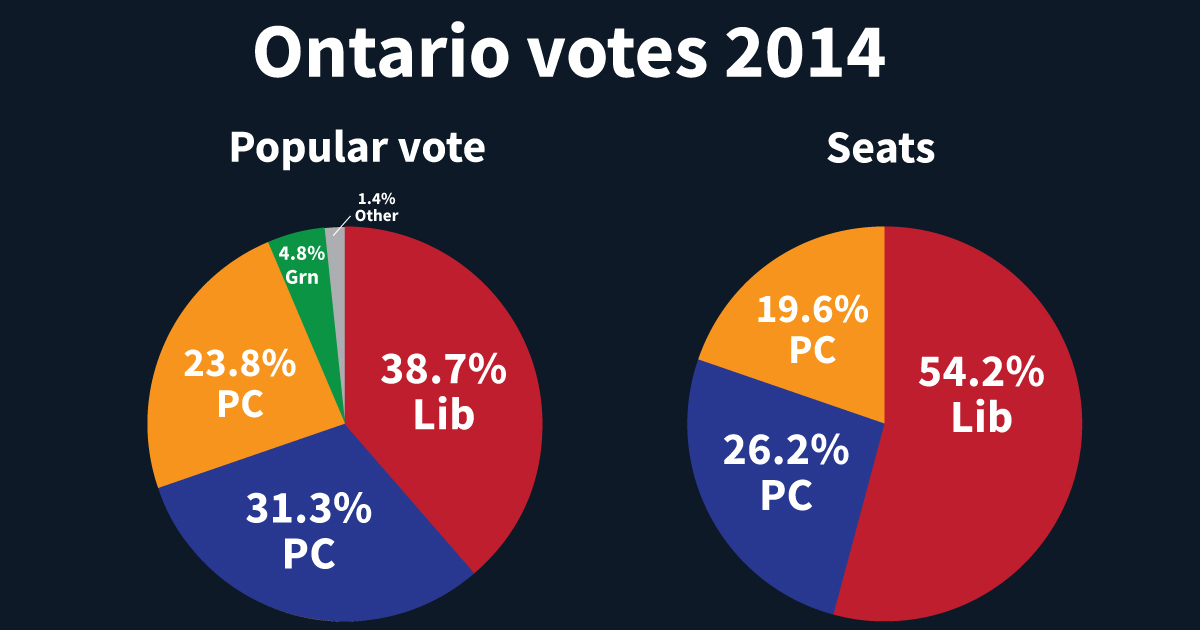
Press release with analysis of election results.
Press release: Fair Vote Canada condemns reversal of local choice for municipalities
Press release: Ford tramples local democracy
See also our submission to the Ontario Justice Committee on Bill 218.
Press release: Ford rams through bills that shut out MPPs, public
In June, 2017, Ford’s PCs were elected to a majority government with only 41% of the popular vote. Today Doug Ford rammed through two wildly unpopular bills: Bill 195 and Bill 197. The opposition MPs were easily outvoted by the PCs. The PCs used time allocation to shut down debate quickly. Both new bills make it harder for MPPs and the public to have their say in decisions.
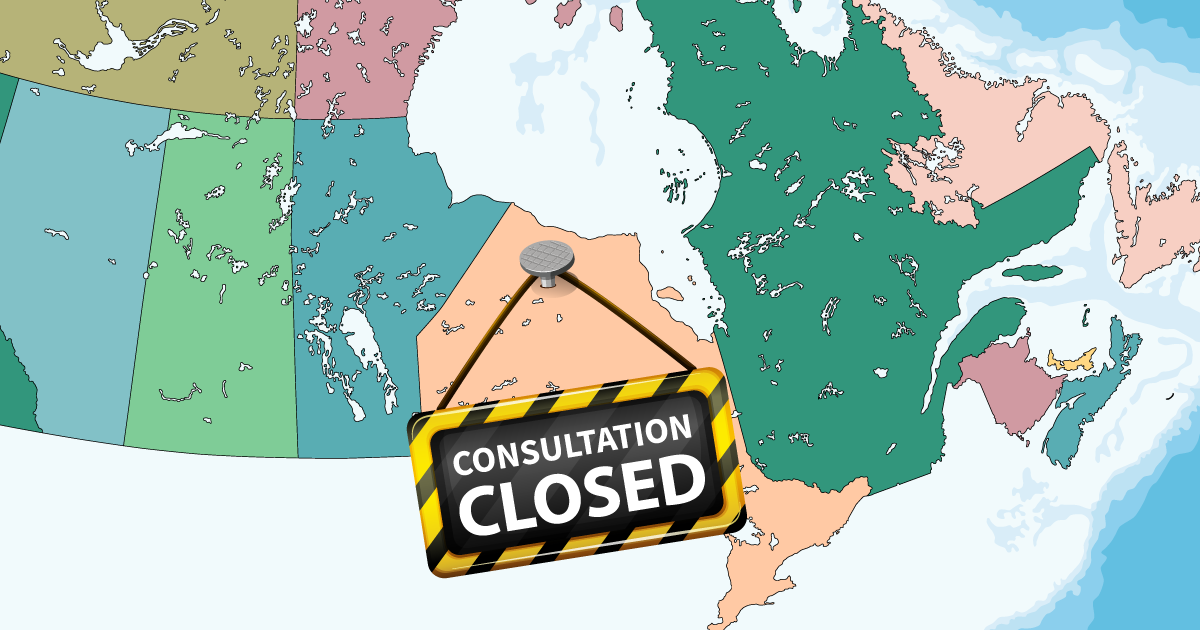
Press release: Suspending Environmental Rights Highlights Need for More Cooperation
At this critical juncture, it is incumbent upon the government to ensure that perspectives from all political stripes are represented in their decision-making, rather than bolster their own ability to control the agenda. Concentration of power within the minority, an unfortunate side-effect of our antiquated first-past-the-post voting system, is further exacerbated by this move.
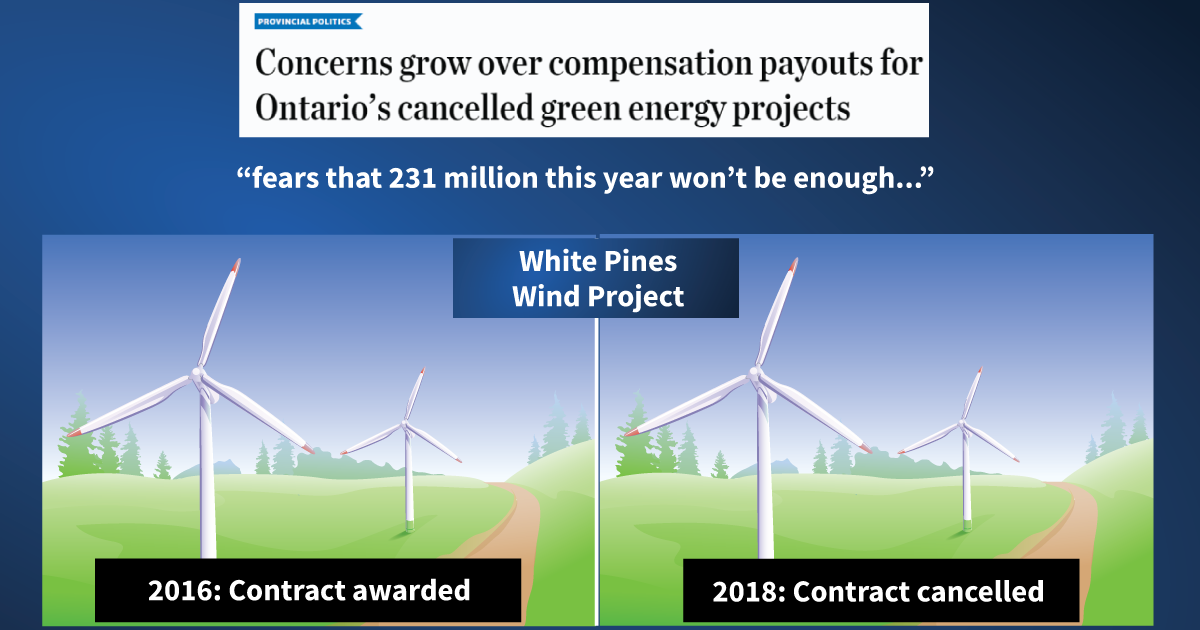
Press release: Flip flop on wind farms highlights cycle of bad decision-making
Following a strong rebuke to the government from the Ontario Superior Court, Ontarians are on the hook for $126,000 in wasteful spending. The courts minced no words about the quality of government decision-making: “not reasonable,” and lacking in “transparency, justification, and intelligibility.” With winner-take-all voting, abrupt policy lurches―often driven by nothing more than ideology―are par for the course.
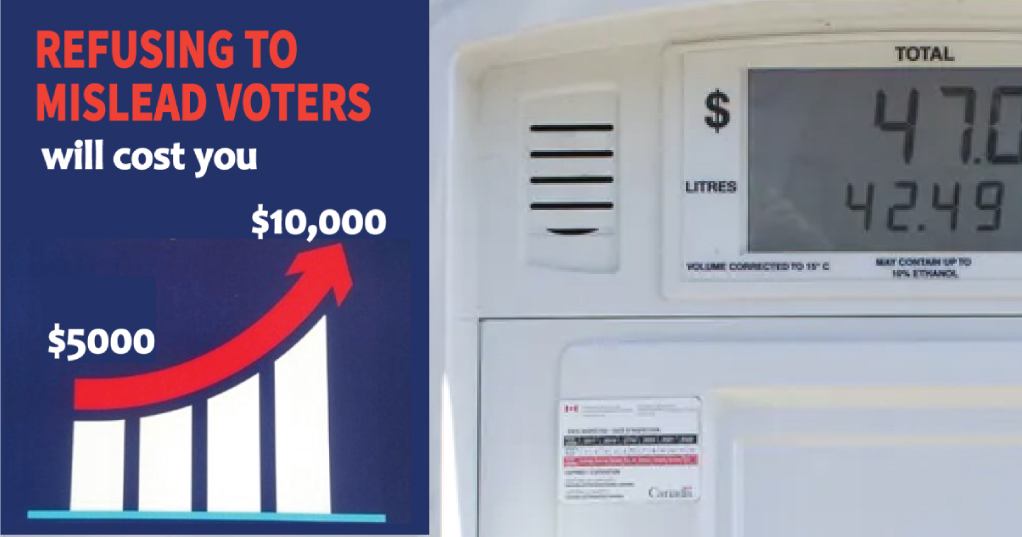
Press Release: Ford’s Gas Pump Stickers Show Need for Regulation of Political Advertising
Doug Ford’s plan to plaster stickers opposing the federal government’s carbon tax on gas pumps across Ontario – and fine gas stations who fail to comply up to $10,000 – starkly illustrates the need to regulate political advertising in Canada.
Quebec
The provincial proportional representation campaign in Quebec is run by an independent organization, Mouvement démocratie nouvelle.
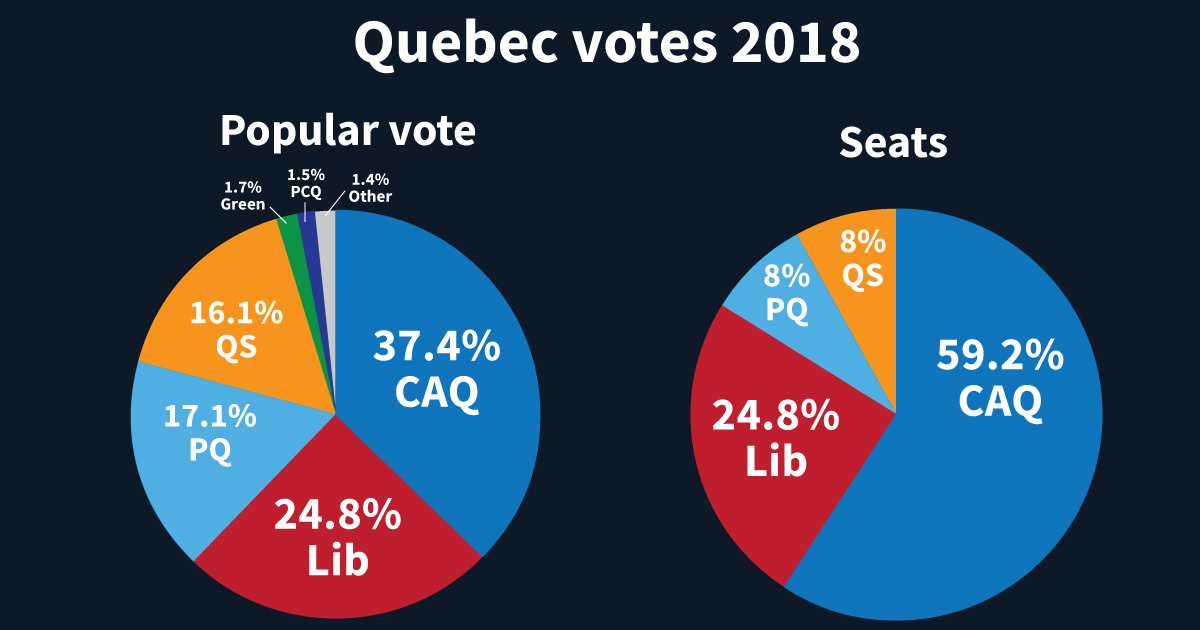
New Brunswick
Local media contact:
Sandy MacKay, Fair Vote Saint John
Phone: 506-639-1007
Email: [email protected]
Nova Scotia
Local media contact:
Andy Blair and Cindy Beaton, Fair Vote Halifax
Email: [email protected]
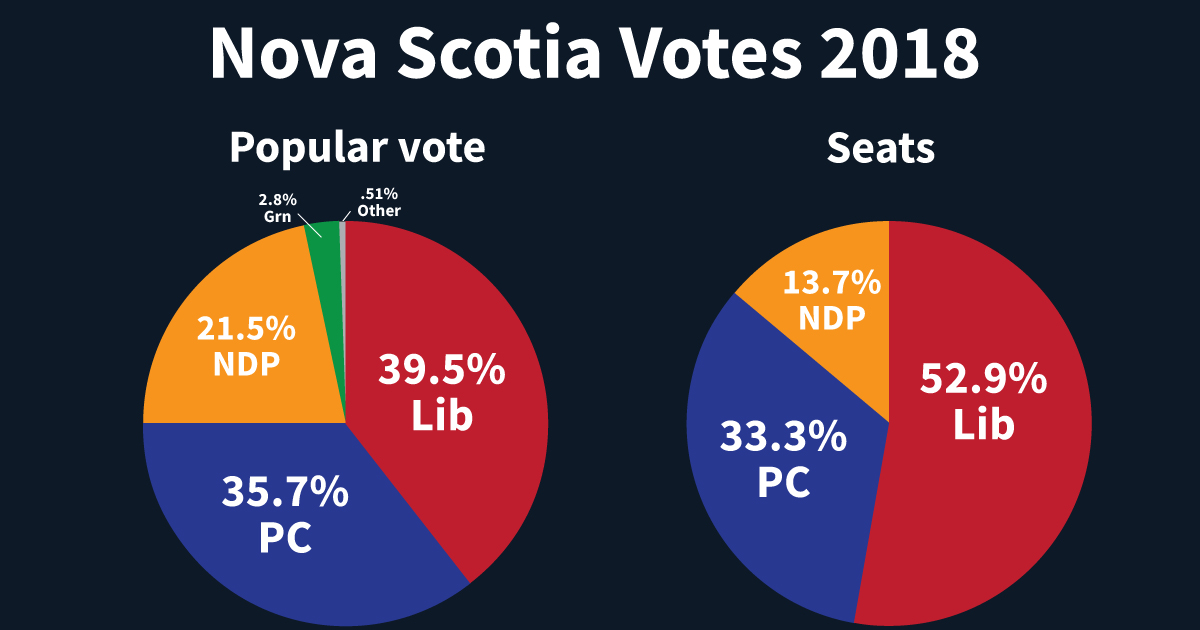
PEI
Provincial campaigns for electoral reform in PEI are led by an independent, PEI-based citizens’ group, Islanders for PR.
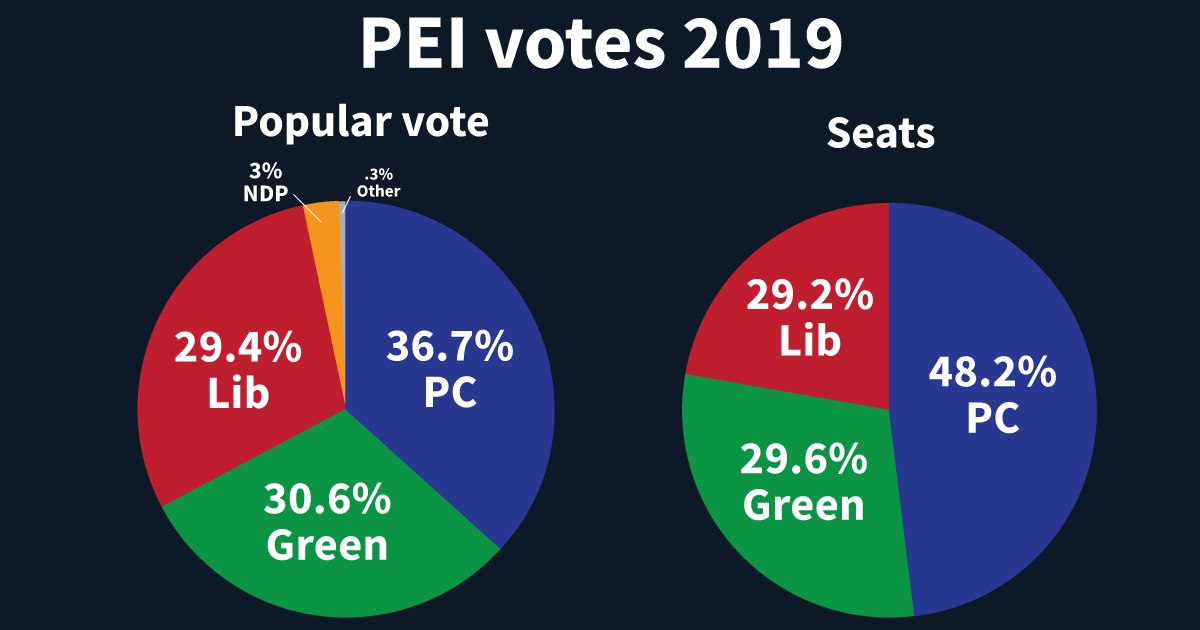
Note: A 2020 by-election in PEI delivered another seat to the PCs, moving them from a minority government into a false majority.
Newfoundland and Labrador
Fair Vote Newfoundland: https://twitter.com/FairVoteNL
